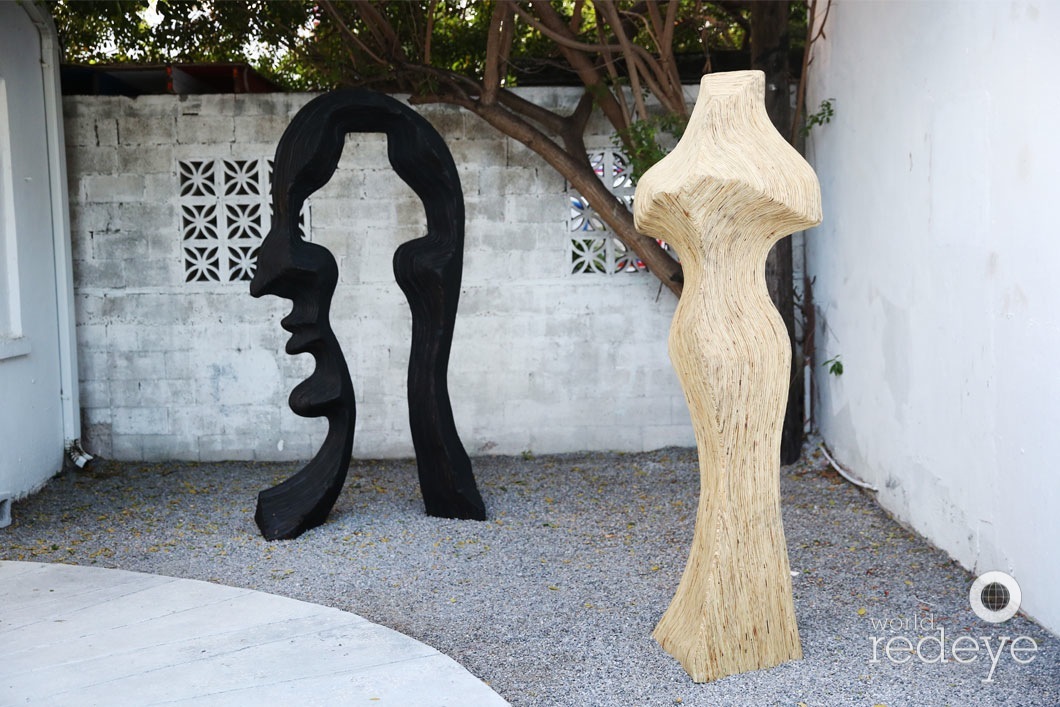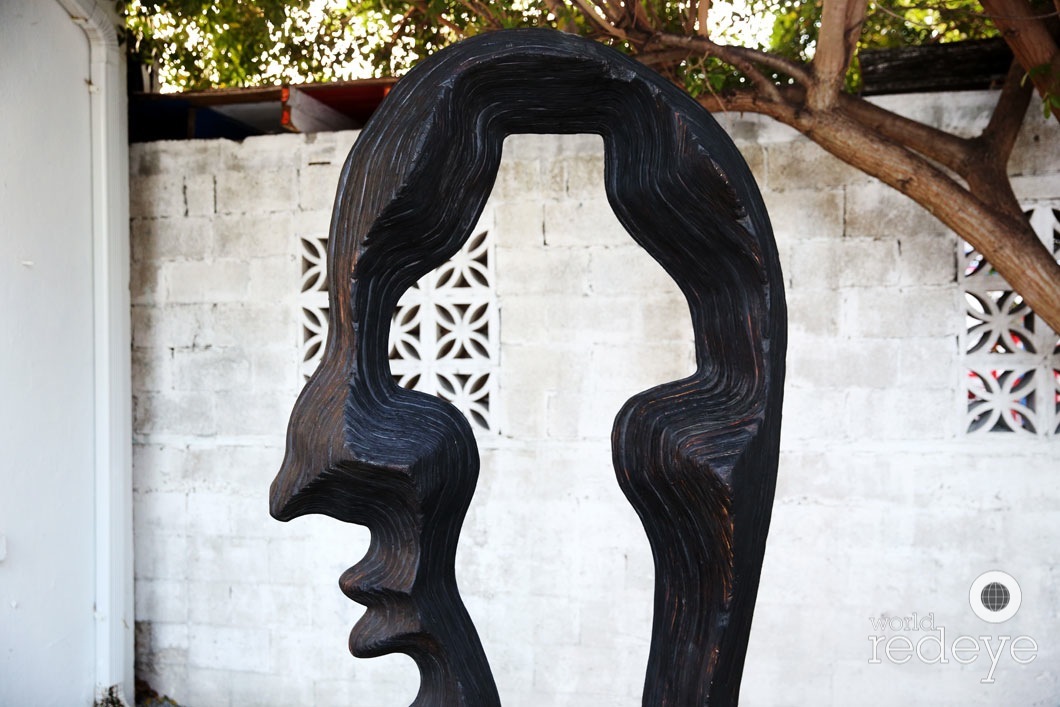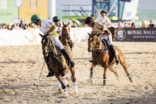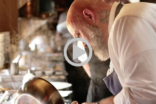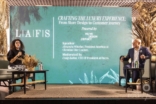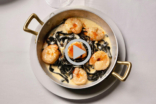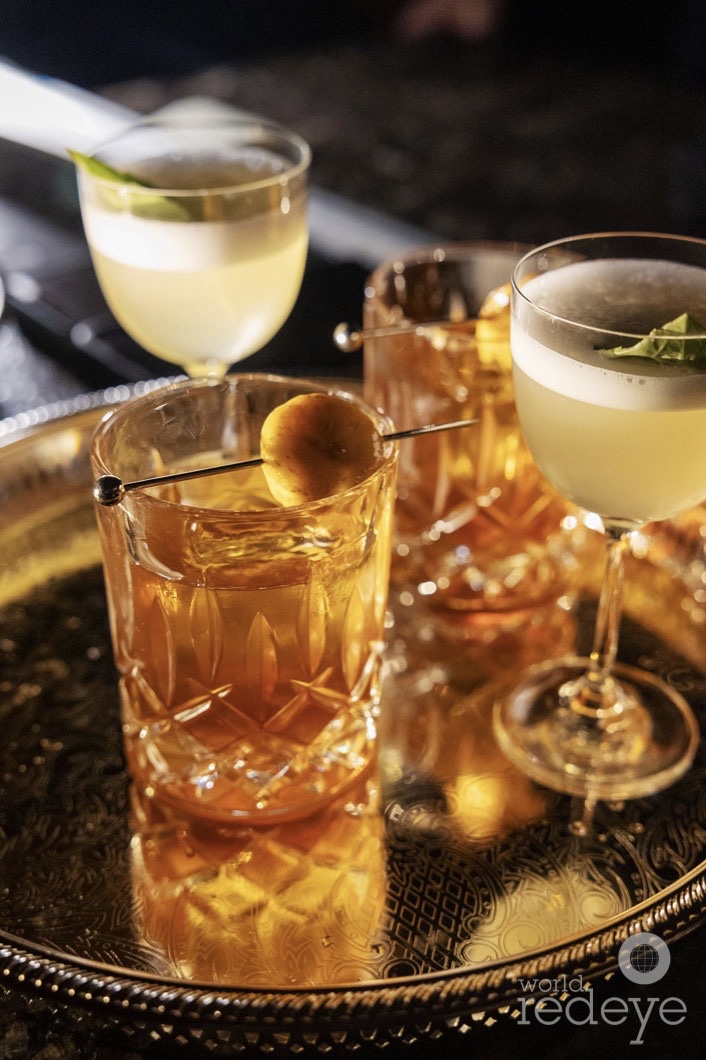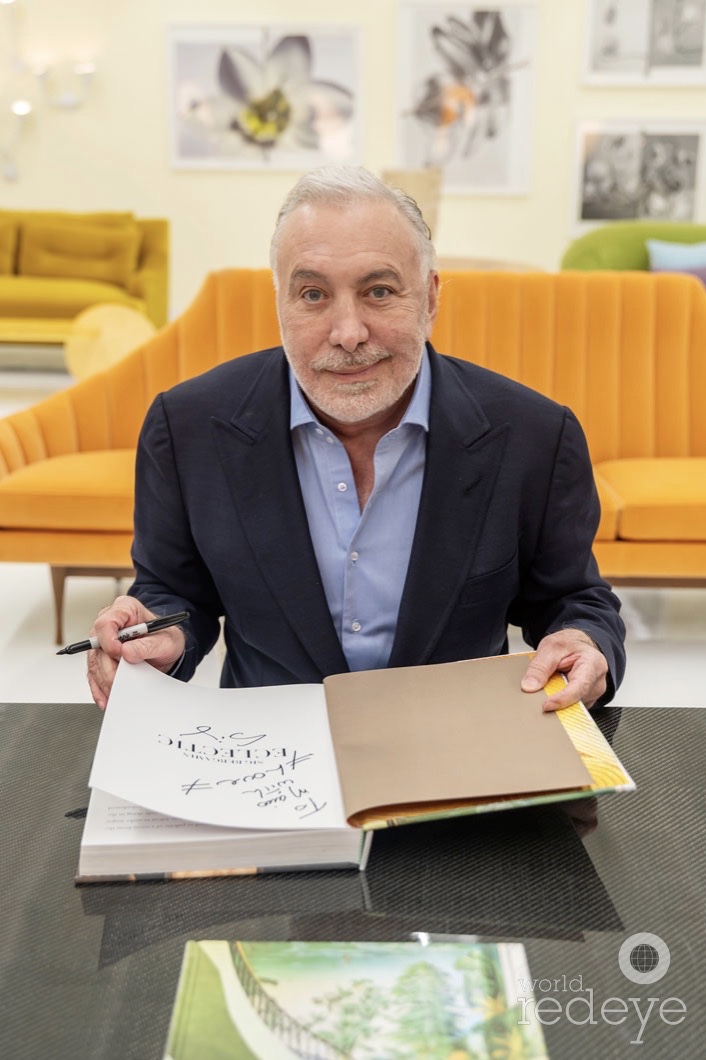Q&A: Nina Johnson Presents: Ray Smith Studio
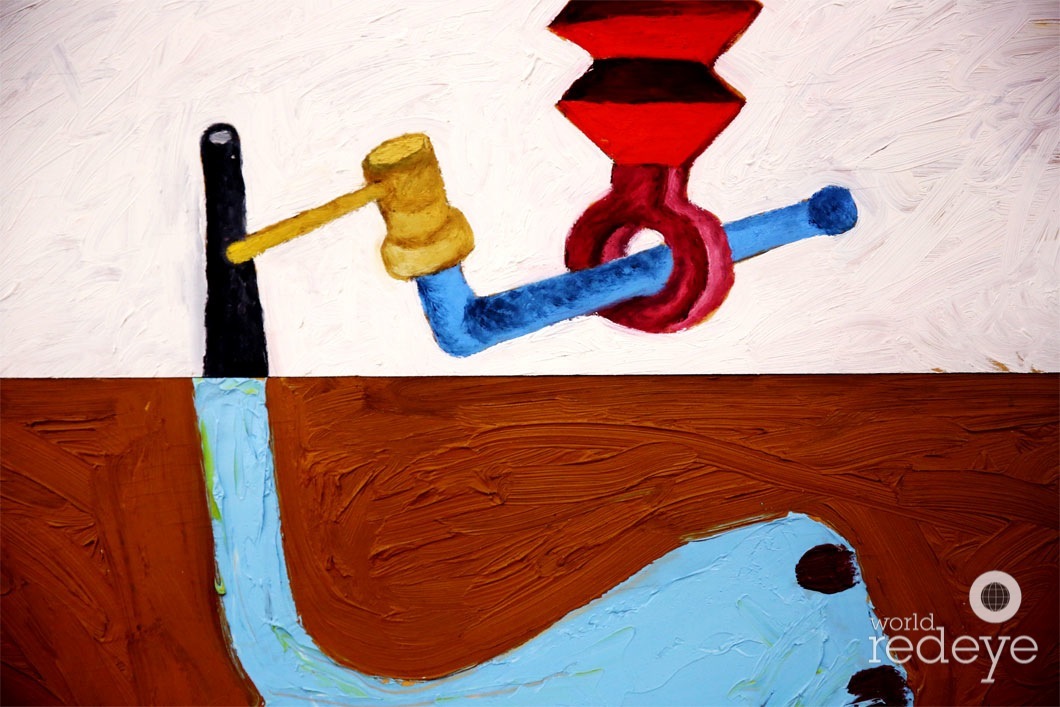
Miami, FL – Miami 14, 2017 – Nina Johnson presented Ray Smith Studio, an exhibition organized by Emmett Moore featuring a series of works produced by Ray Smith in his Brooklyn studio between 2007 – 2012. This period in Ray’s career is defined by inclusivity and collaboration, specifically as it relates to a series of works created alongside his then assistants, Nik Gelormino, and brothers Eamon and Keegan Monaghan. Ray Smith’s work is as enigmatic as he is. Born in Texas and raised in Mexico, Ray is a Spanish-speaking New Yorker, with the air of a Texas cattle rancher. His work draws from Spanish Modernists and Surrealists, and materializes in a variety of media, often through a stream of consciousness approach. Smith is a painter, sculptor, installation artist and social experimenter. Critical to his process are the social gatherings that create the collaborative context for producing work. This dynamic was particularly relevant in 2012 when Hurricane Sandy hit New York and took the momentum and energy needed to fuel this multi-faceted practice with it. Ray Smith Studio features a series of 29 ‘exquisite corpse’ paintings produced by Ray, Nik, Eamon and Keegan. This process was famously used by André Breton and the Surrealists, though it originally hails from a 19th century parlor game. The paintings depict fragmented and seamed figures, often shown in distorted poses, possessing caricature-like qualities. Also on view is a Table Drawing from the same period. The final work produced for the show, is a wood sculpture created in Miami by Ray and Emmett.
World Red Eye seized the opportunity to catch up with Smith, where he goes further into how Ray Smith Studio came to be and where he finds inspiration for his works.
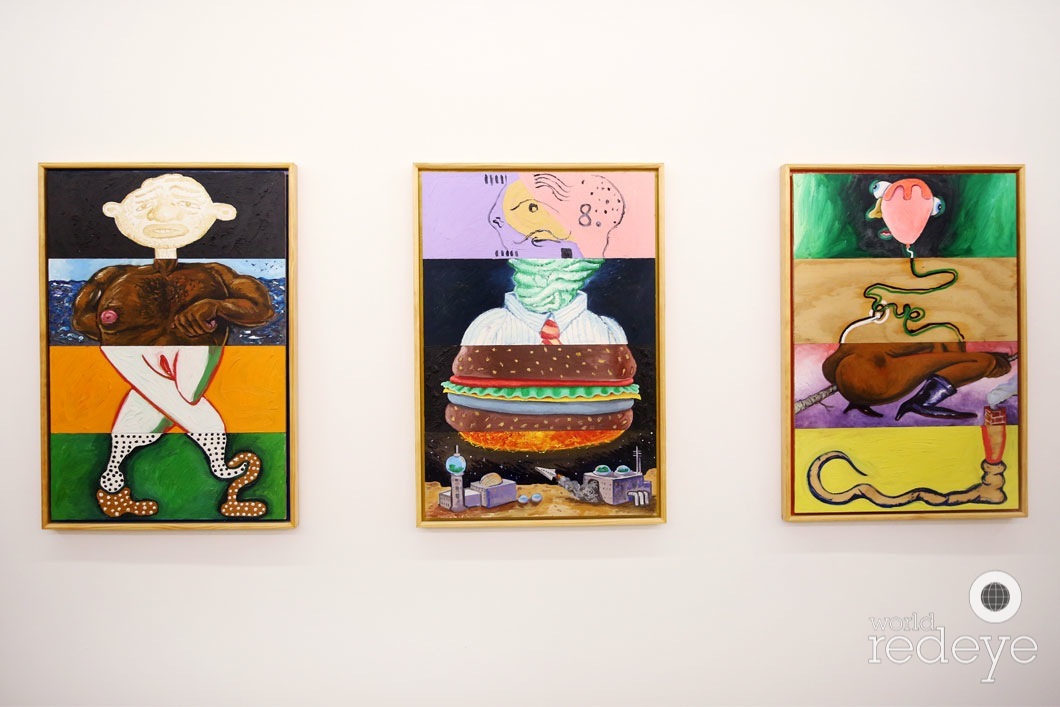
WRE: Tell us about the works from Ray Smith Studio currently at the Nina Johnson Gallery?
RS: These are a series of paintings and drawings that were done with assistants that I had at the time here in the studio who were very dear to me. I don’t think that we ever knew what to call it but eventually, it ended up becoming Ray Smith Studio. We had just moved into this really large space which was too grand to be in all by yourself and too difficult to handle without at least two or three people working here simultaneously. Somehow, these three interns became a portion of the studio itself and an extension of my own hands. It created a collective of sorts that allowed me to orchestrate different projects. What you’re seeing is the product of that environment; a series of exquisite corpses which were born out of collaboration. I like to compare them to writing music, like writing a bit of jazz, insofar as there is a great deal of improvisation taking place, while still maintaining a sort of structure. Essentially, this is what both the table drawings and the exquisite corpses are all about.
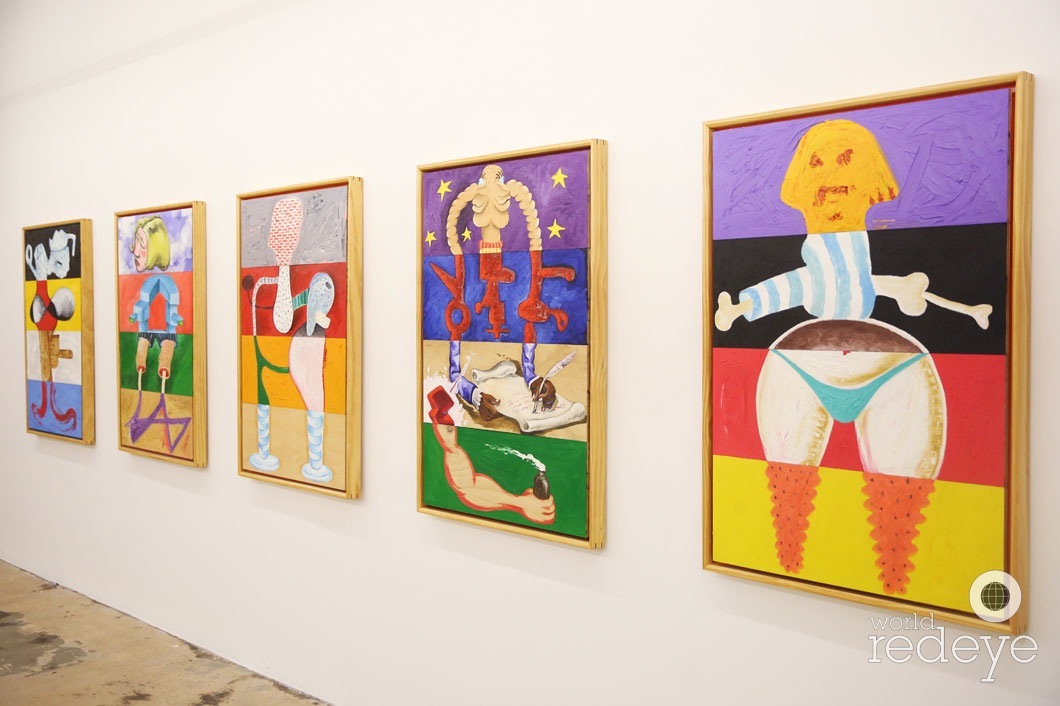
WRE: Any particular works you are most excited to present in this collection?
RS: I’m very happy to share all of these pieces. These paintings and drawings were a series of works that we created, framed, set-up and then hung inside the studio in order to figure out where we were going to exhibit them. Then, Hurricane Sandy hit and killed all of the projects that we had planned because we suddenly had to race to figure out how much damage the eight feet of water had created. Ultimately, the works were all cleaned and restored. They looked great but they didn’t hang for long before being put away in a box. They haven’t really been shown since they’ve been made. So, I’m happy to get them all together and exhibit them now in Miami.
WRE: Tell us about how you got your start in creating art?
RS: I started making art when I was a little kid. I was probably in kindergarten or first grade when I started horsing around with drawings and imitating things. I had a teacher that brought in a dead butterfly and began to draw it on the blackboard. I saw the way that she was looking at the butterfly and then drawing, then looking again, then drawing, then looking again. Watching her, I began to understand this connection between your hand and your brain. From that moment on, my entire education had something to do with that connection. I’ve been drawing as long as I can reminder. I guess reality has been mediated for me in that way ever since.
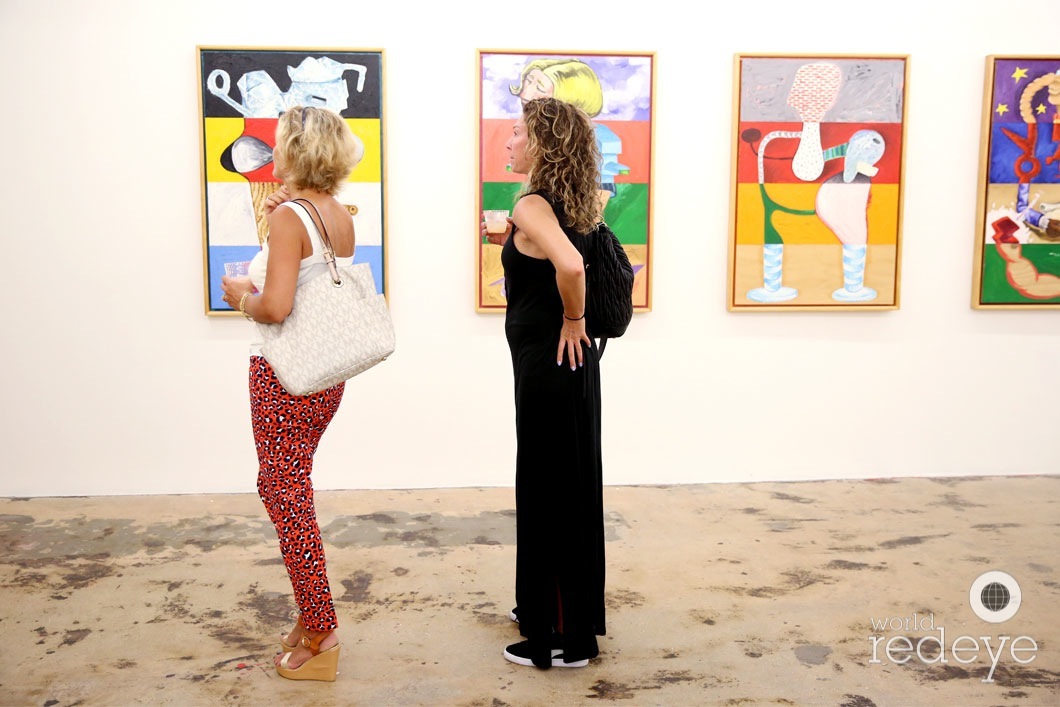
Inspiration isn’t something that I hunt for. I think that inspiration is everywhere. It’s present in anything that you see, feel or touch. It’s just a matter of how you tune into it.
Ray Smith
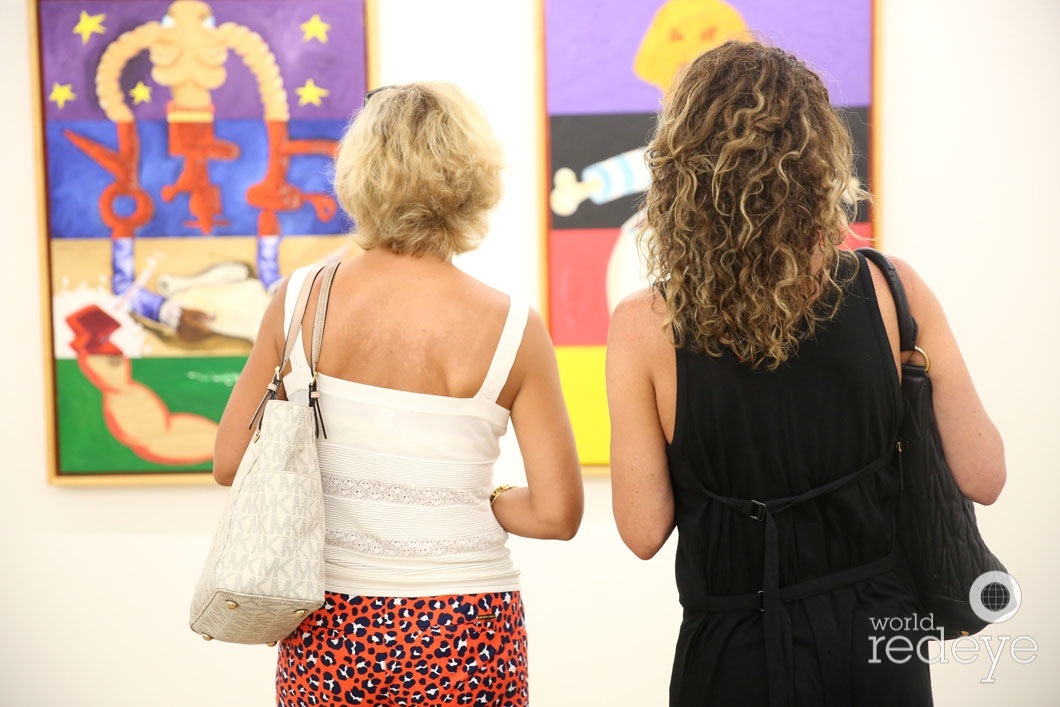
WRE: What is your favorite medium to work with?
RS: I don’t really have a favorite medium. I try and work with objects, found things, even film-making and horsing around with Instagram. There’s a moment, through the process of experimenting with something, that you begin to find certain edges to it. At that point, you’re able to make something that can remain slightly indescribable with that particular technique or medium. It can happen with anything. It can happen just walking down the street, a particular rhythm of a thing or a certain dance. I think that art is really a way of living, more than a particular medium.
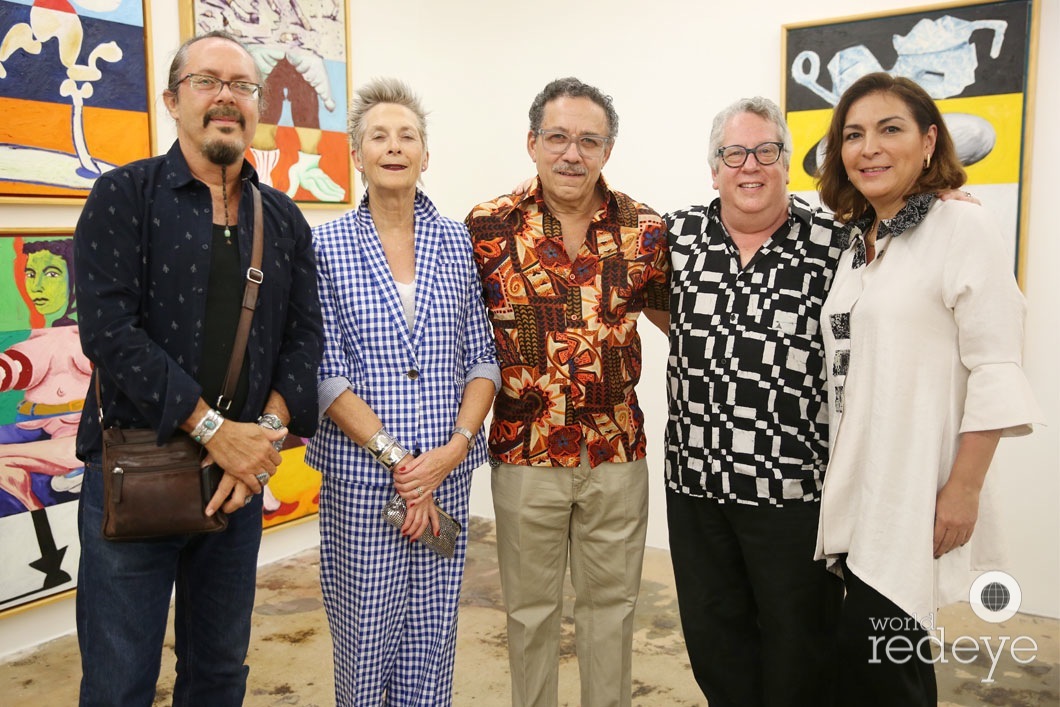
Jose Bedia, Nina Duval, Edouard Duval-Carrie, Ray & Maricruz Smith
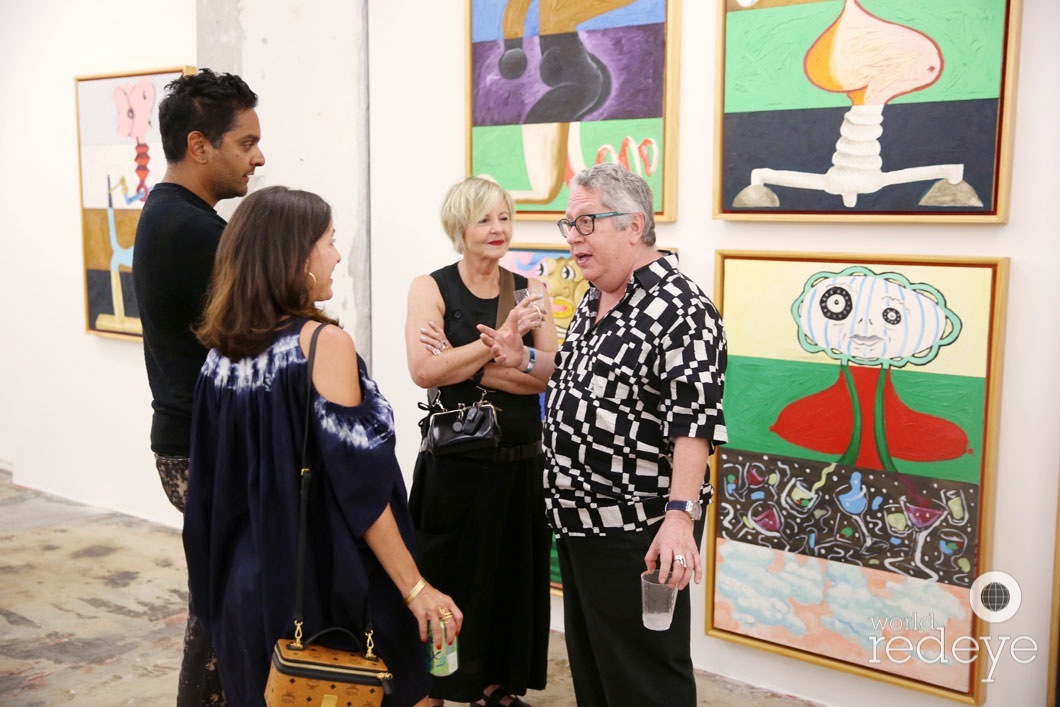
Vivek Jayaram, Carolina Garcia Jayaram, Cathy Leff & Ray Smith
WRE: Born in Texas and working between New York and Mexico, how has these different cultures influenced your work?
RS: It’s a very odd relationship that I’ve had, starting with the place where I was born – the border between Mexico and the United States. I was born into a border culture. On either side, there is a no man’s land area. Even though there appears to be a particular boundary, that boundary is a hell of a lot more fluid than one can imagine. That said, there isn’t really a crossover point, these two cultures are so distinct that oftentimes translation does not suffice. In turn, you’re forced to fill in the gaps, the inconsistencies of culture and language. You have to constantly modify and do what you can to try and get these things to be understood. I think that most of my work throughout my entire life has been, essentially, attempting to look for a means of finding the similarities and distinctions between these separate cultures. I remember speaking with a man once, I asked him why, after all of his years of education, did he end up settling in the small town of Brownsville, Texas, right on the border. He told me that from his vantage point, the shadows of Mexico City and New York couldn’t touch Brownsville.
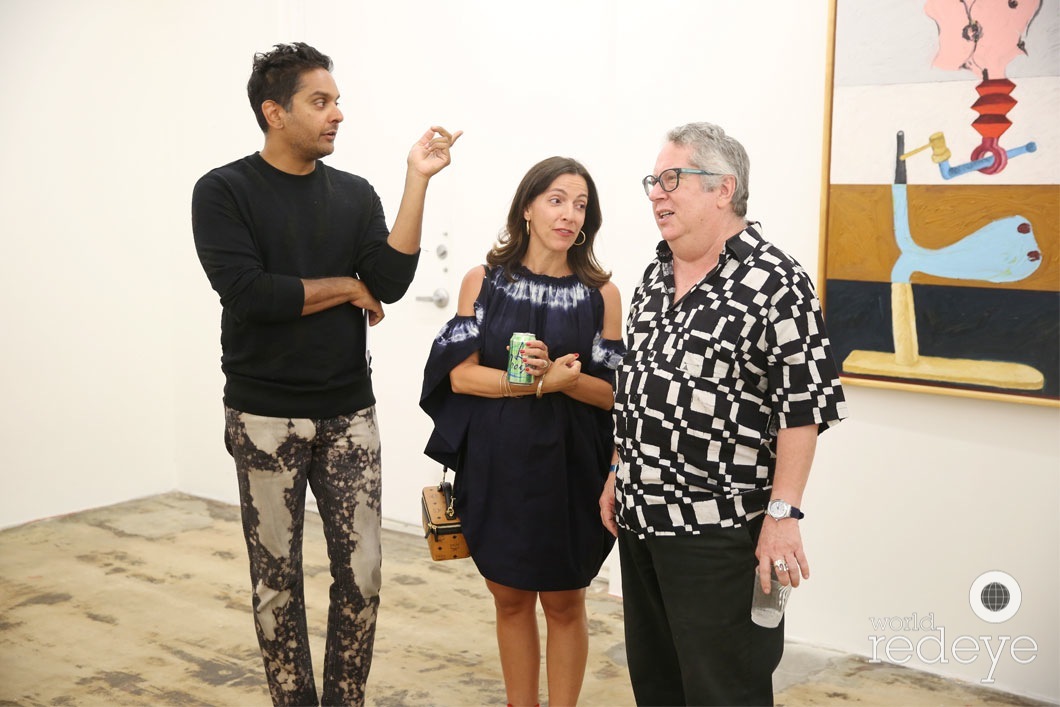
Vivek Jayaram, Carolina Garcia Jayaram, & Ray Smith
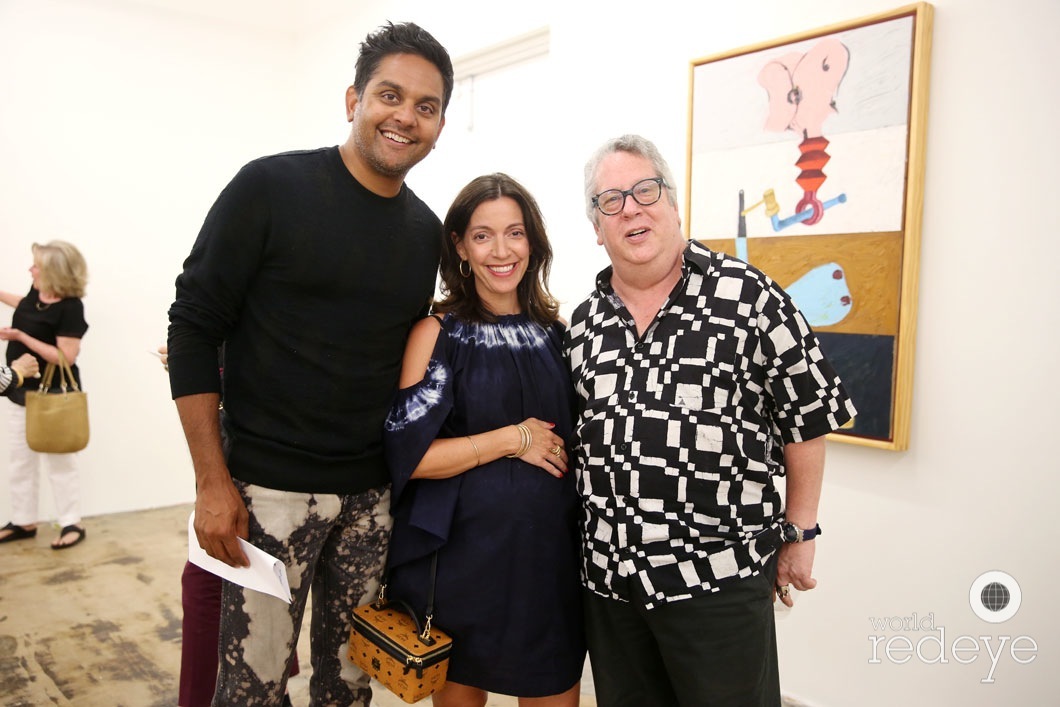
WRE: Where do you draw inspiration from in creating new work?
RS: Inspiration isn’t something that I hunt for. I think that inspiration is everywhere. It’s present in anything that you see, feel or touch. It’s just a matter of how you tune into it. If you open your eyes and start to feel the landscape around you, everything will begin to speak to you in a different way. In this way, there’s not just one thing that draws my inspiration; it’s a matter of pursuing something with a gut-instinct. At some point, through repetition, routine or discipline, things begin to open up. Eventually, you find guidance and direction and then somehow, there arise these moments of a true sense of magic. Achieving this state is primarily rooted in a willingness to open up to it. You have to decide that you’re going to permit to lose yourself in order to find yourself, so to speak. I think that if you stay focused on something, which is really the magic of looking at art and getting the sensation of art, you will eventually be struck by a detail or an element that you realize has required a very special sense of focus from the individual that has made it. Tuning into that mindset elevates the experience. In essence, the more time you spend in the presence of a piece, the more likely you are to occupy a higher space of perception. Once you start understanding the nuances of things, then you start recognizing that almost everything is alive and inspiring. You begin to think, maybe this entire experience is not about a distinction between mind and body. Perhaps all of mind and body are designed into one incidence concurrently, implying no distinction between the living and the inert. Therefore, it’s all alive, it’s all happening and it’s all part of the same experience. Experiencing different ways of seeing, feeling, hearing and so on is possibly the ultimate result of art. I think it’s somehow this odd experiment that nature has built into life, this experiment called language. It’s the way that we go about recording memory and experience. So, I suppose that the best moments in the studio happen when you’ve landed in that experience, in that level of concentration. There are many days where I walk into the studio in the morning and just by the process of moving stuff around, of making lines and drawings, spilling things and picking things up and then rearranging them. In doing all of this, I’m convinced that by the time I leave in the evening that I’m a completely different human being than I was the moment that I walked in that morning.
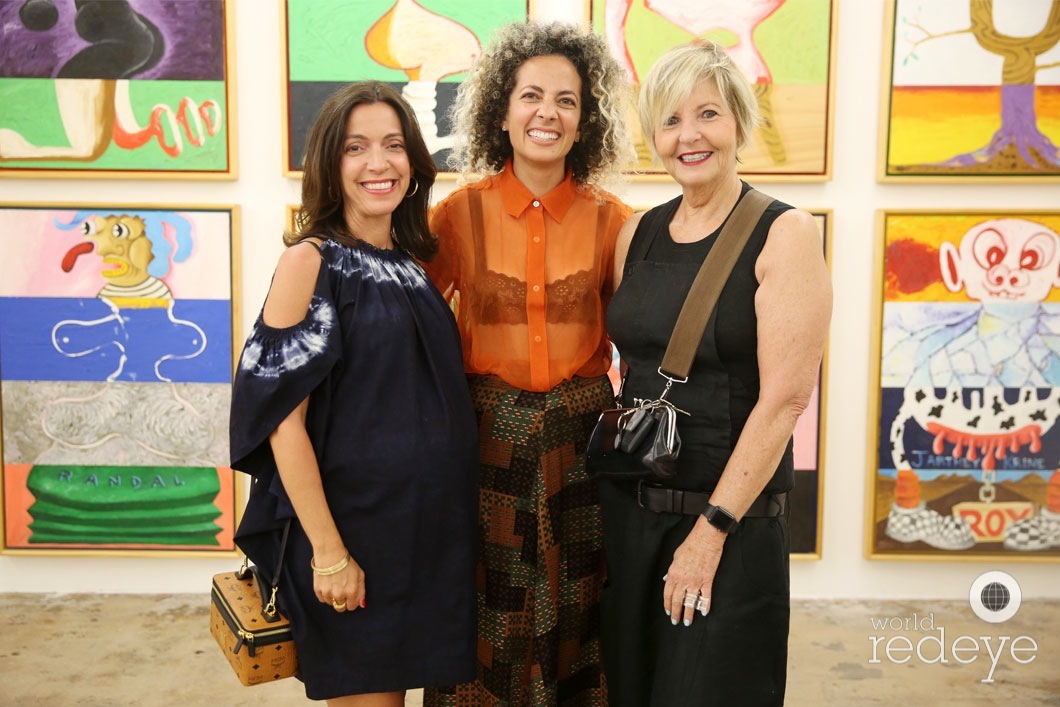
Carolina Garcia Jayaram, Nina Johnson, & Cathy Leff
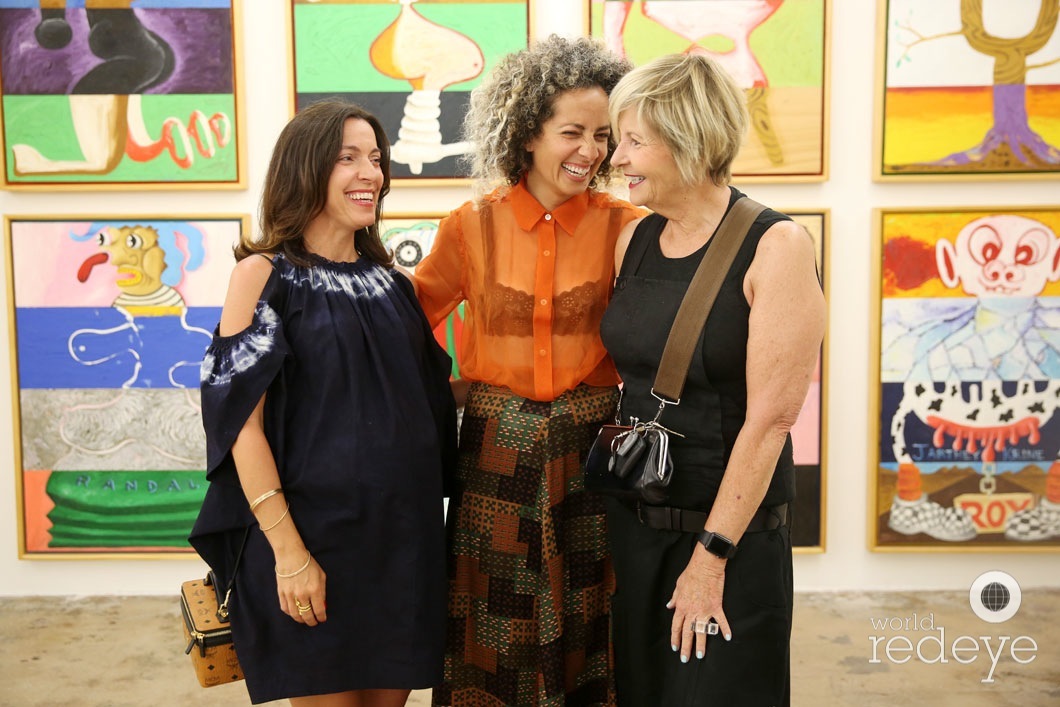
WRE: Is there anything your fans can look forward to coming up in regards to your work?
RS: I don’t know. At this particular moment, because of the political situation and the way that everything has ended up so far, I have this inclination to scream and to scream as loud as I possibly can until we get some world that won’t be scaring the pants off of us every fifteen minutes. So at this point, my next project is just to scream.
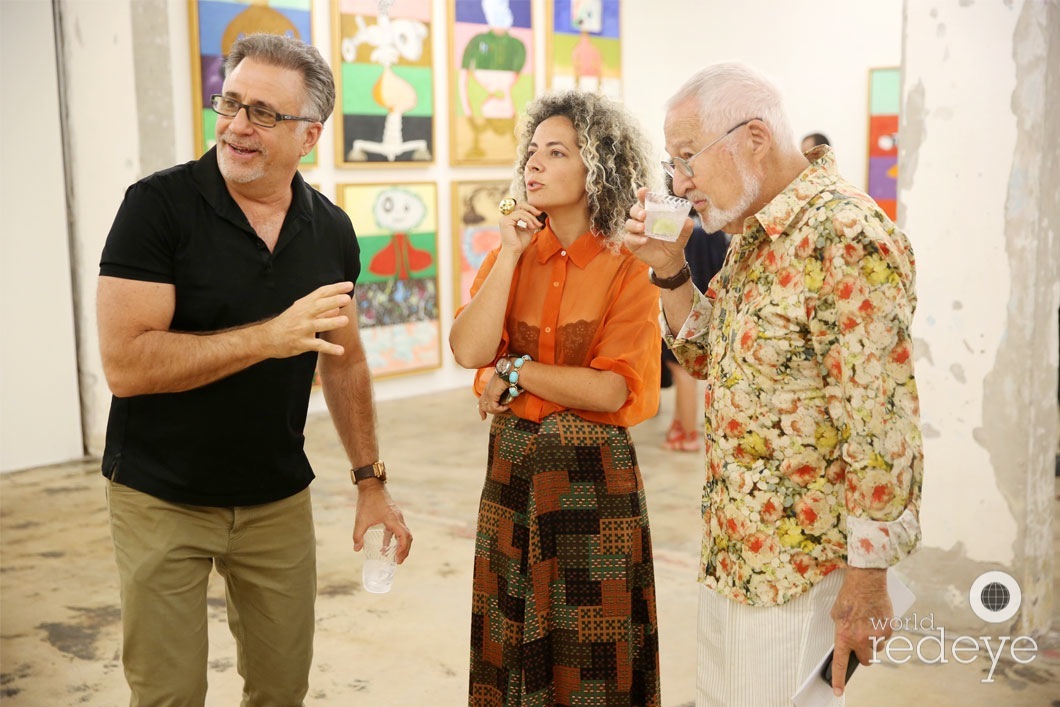
Joesph Berg, Nina Johnson, & Paul Berg
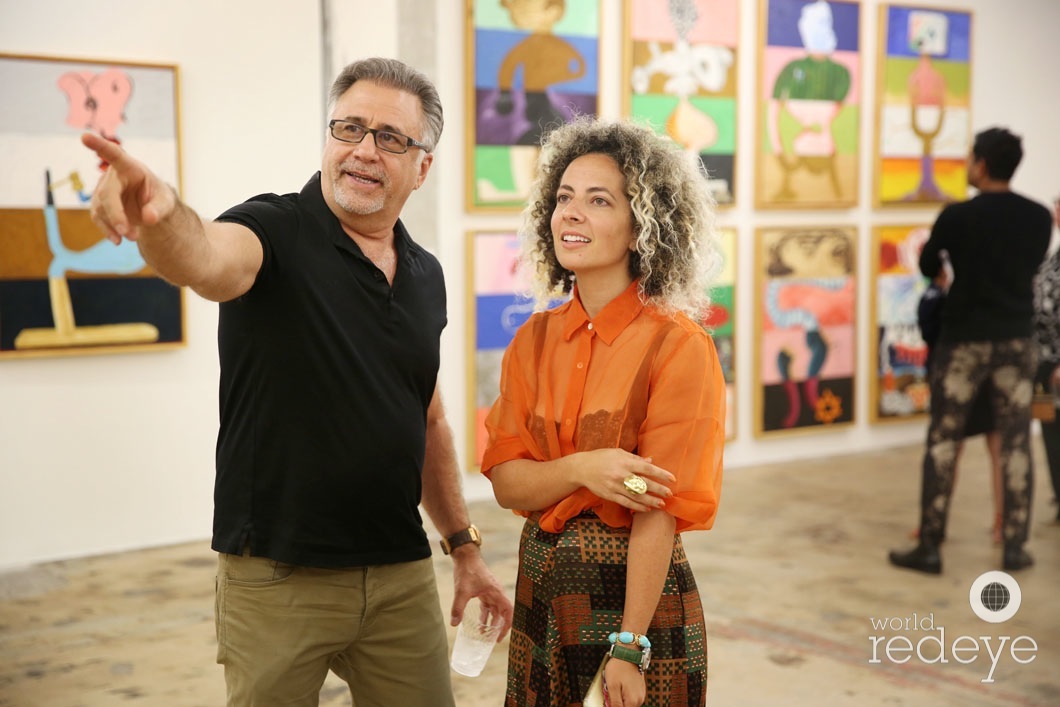
Joesph Berg & Nina Johnson
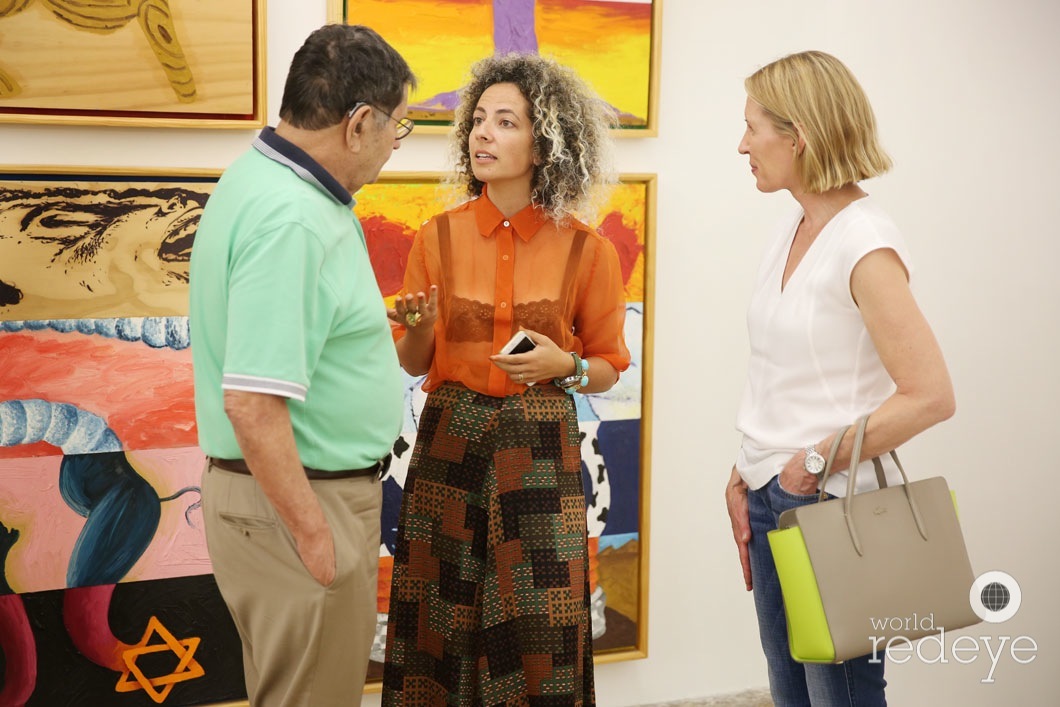
Martin Margulies, Nina Johnson, & Laura Massey
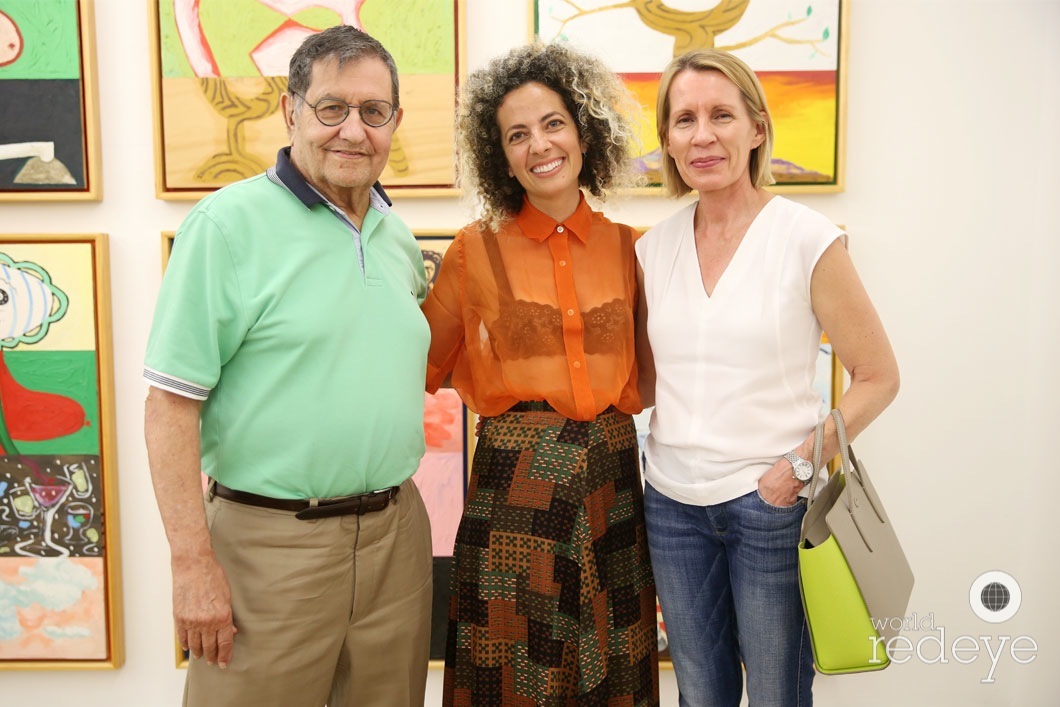
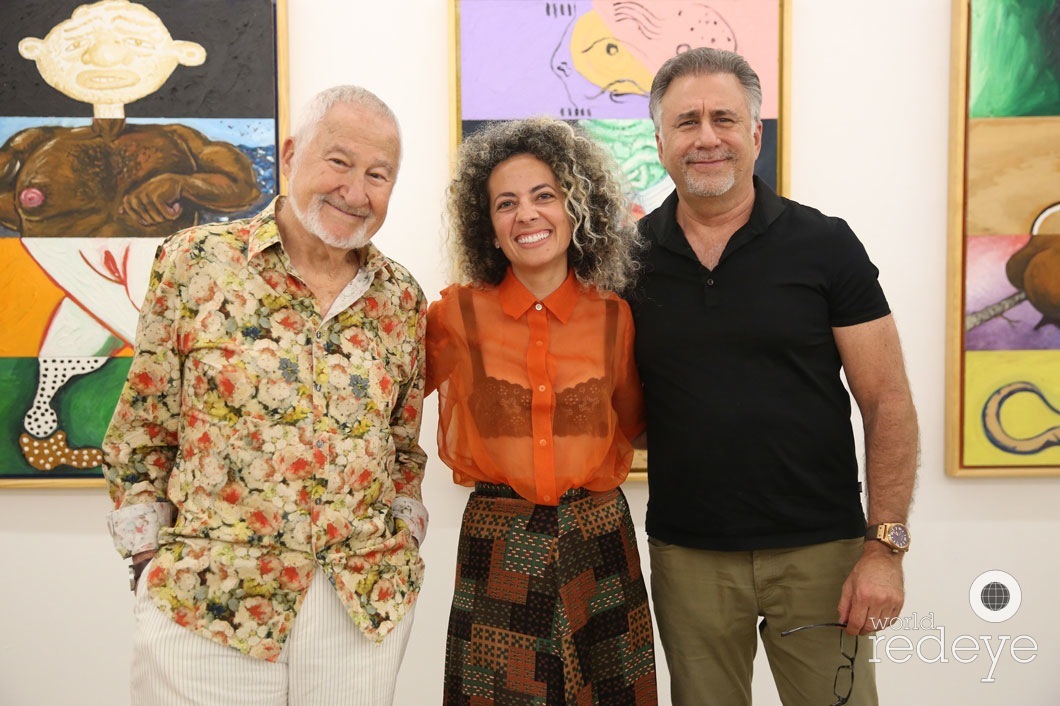
Paul Berg, Nina Johnson, & Joesph Berg
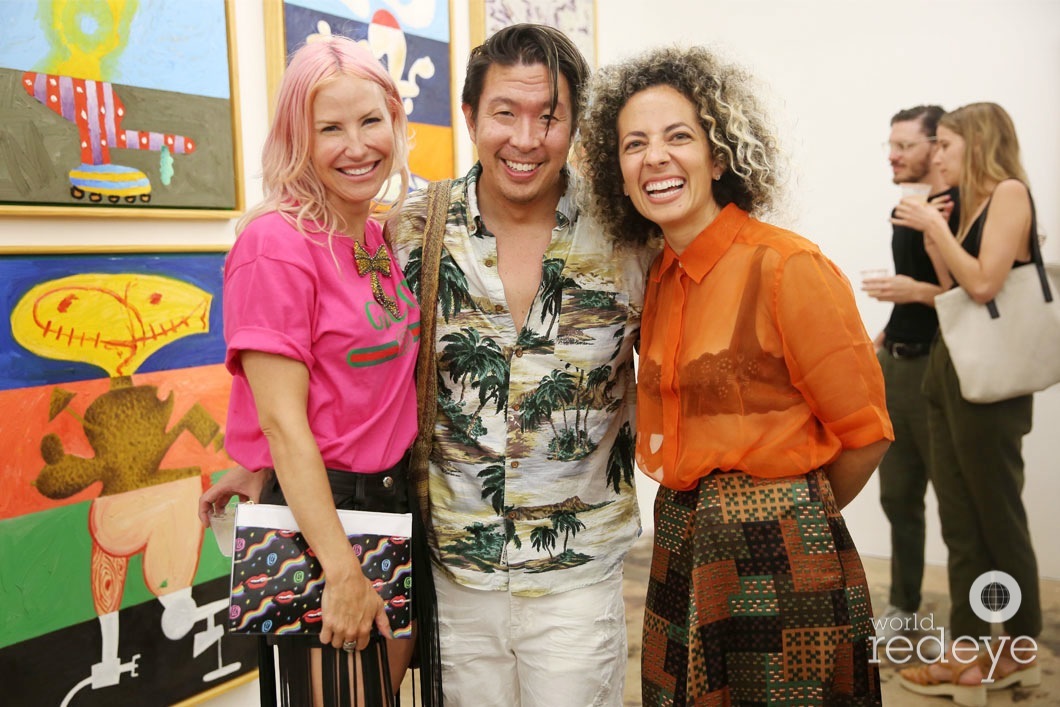
Alexa Wolman, John Lin, & Nina Johnson
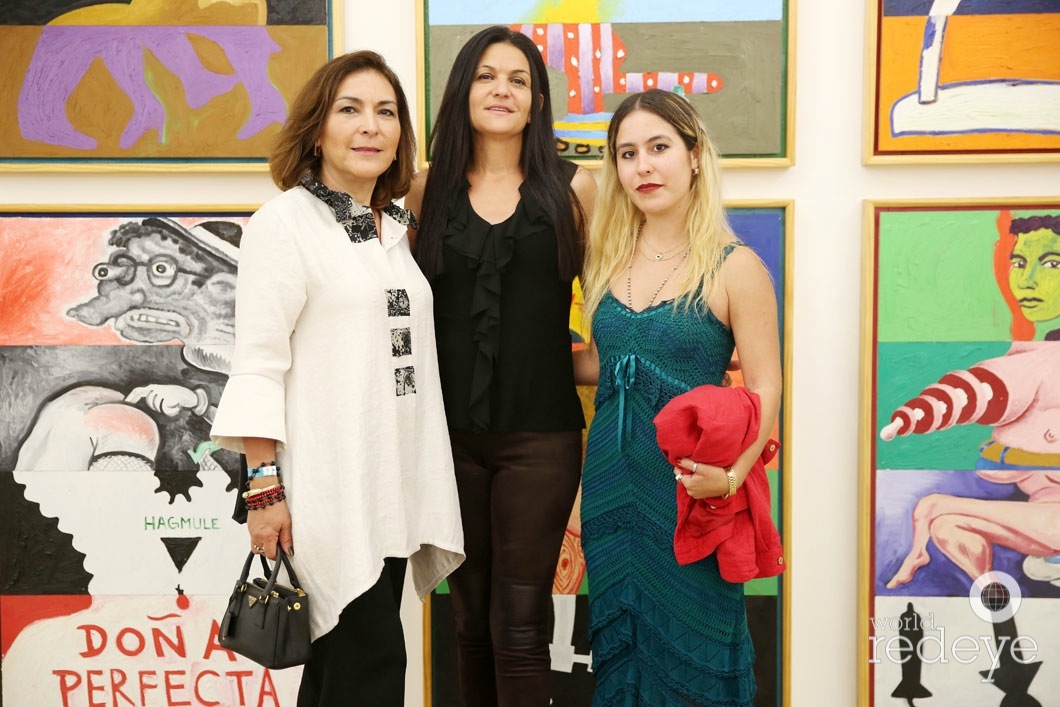
Maricruz Smith, Ofra Lemay, & Cecilia Smith
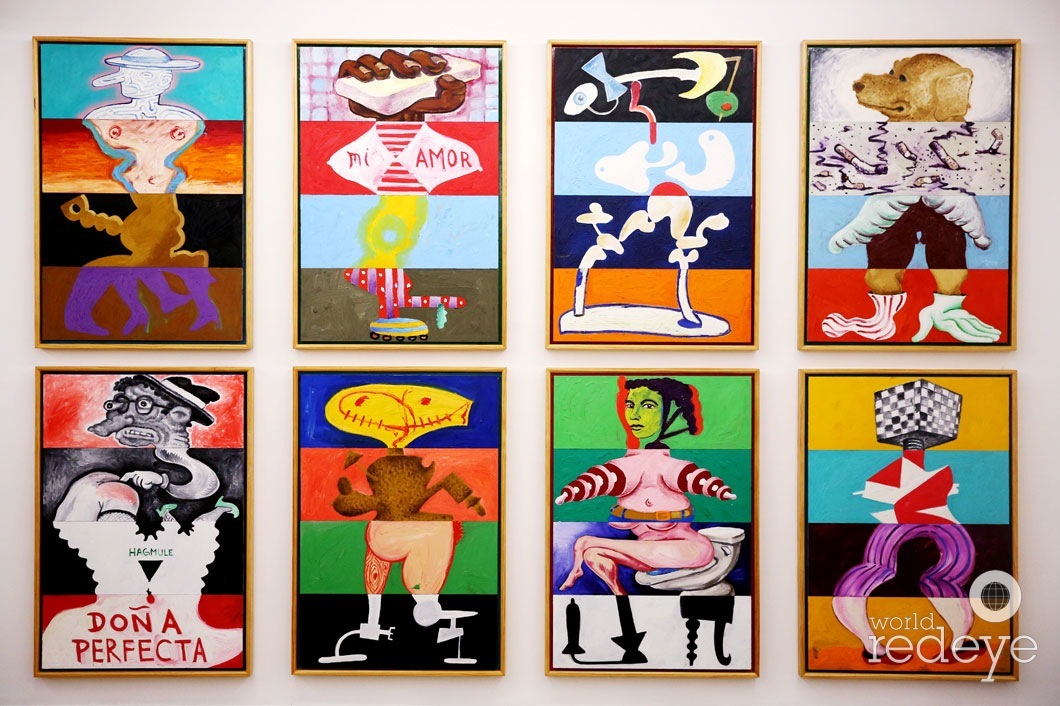
I think that art is really a way of living, more than a particular medium.
Ray Smith
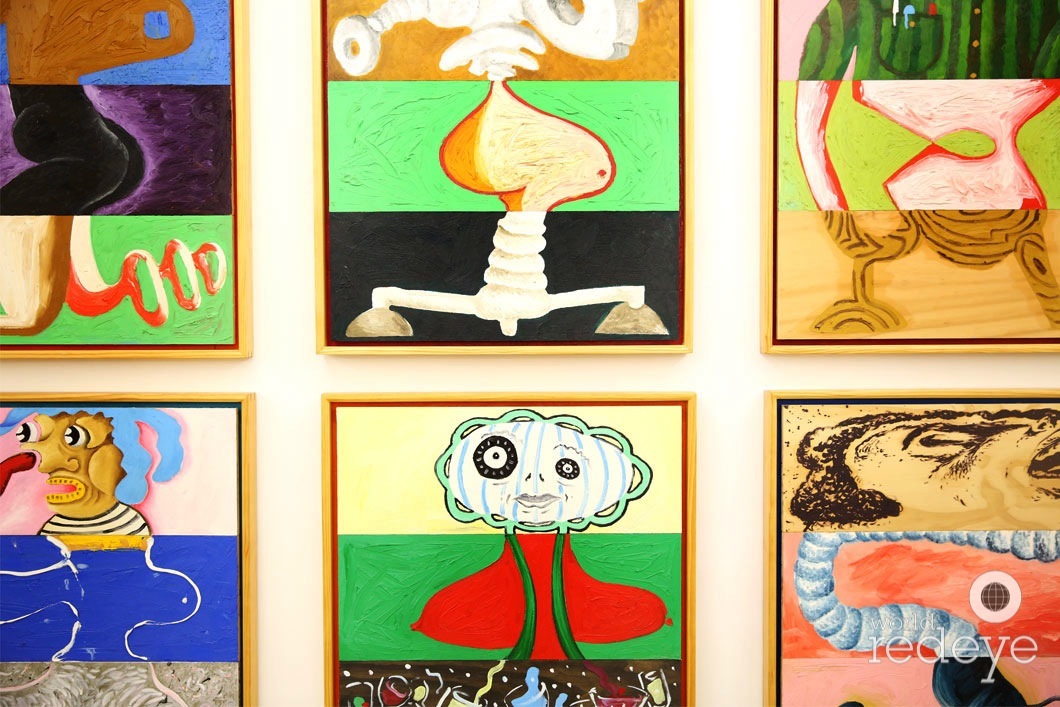
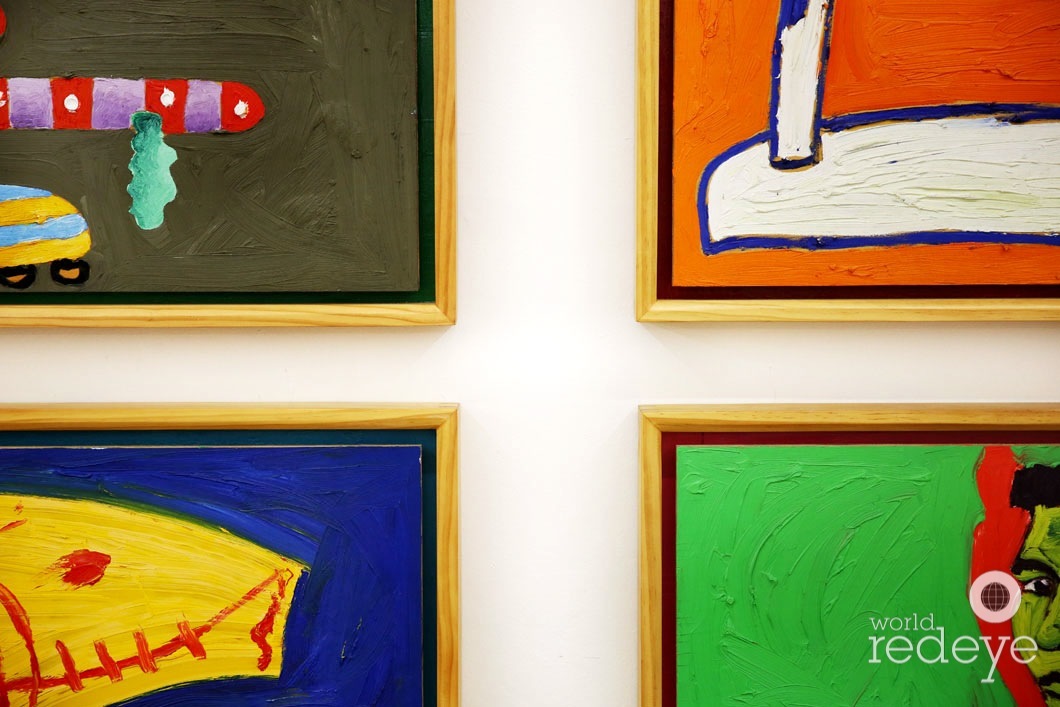
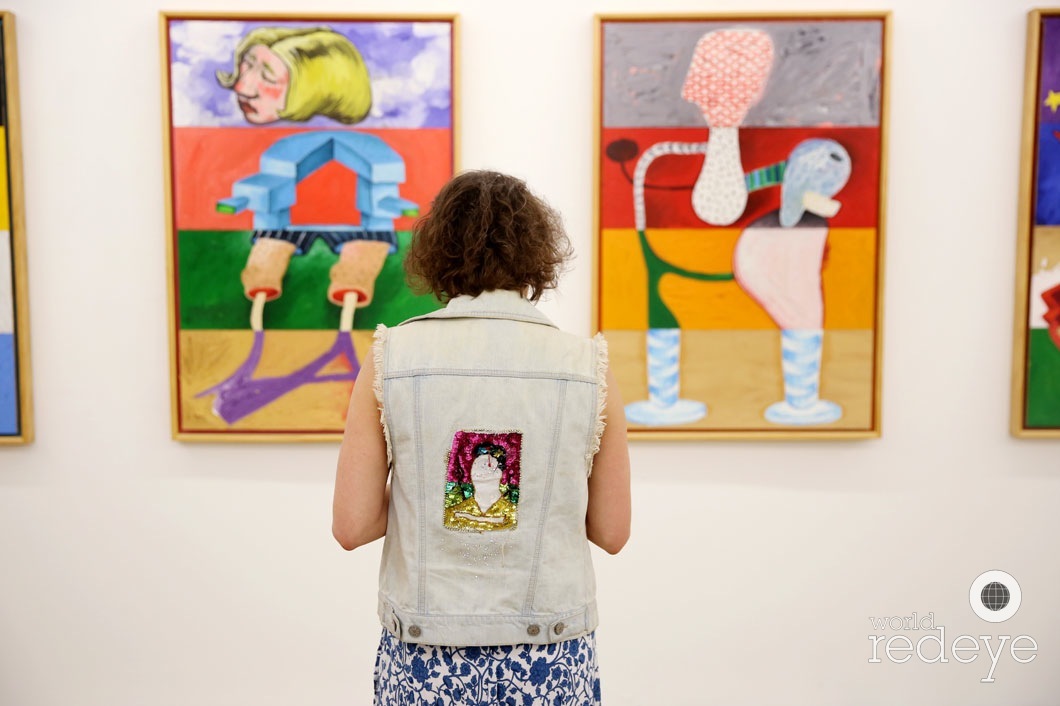
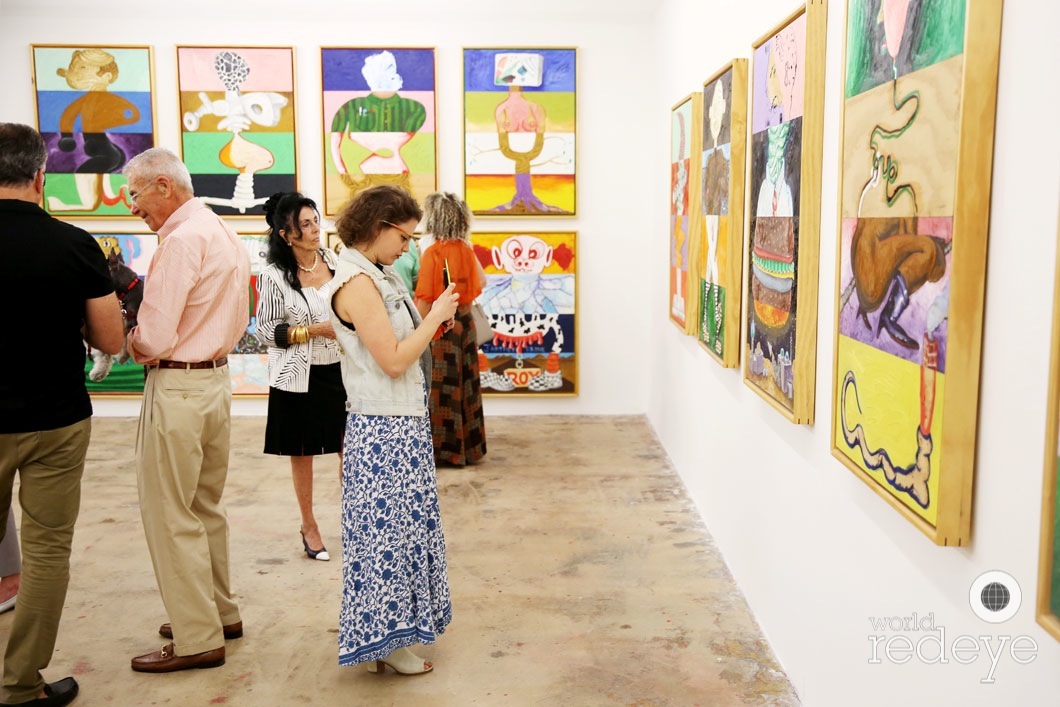
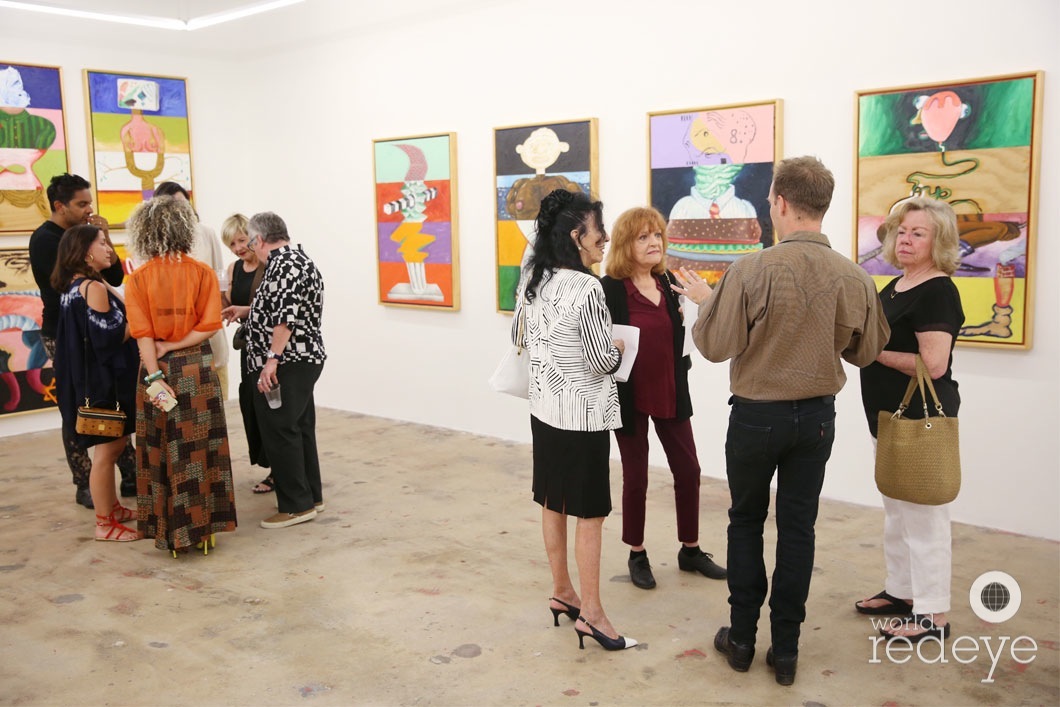
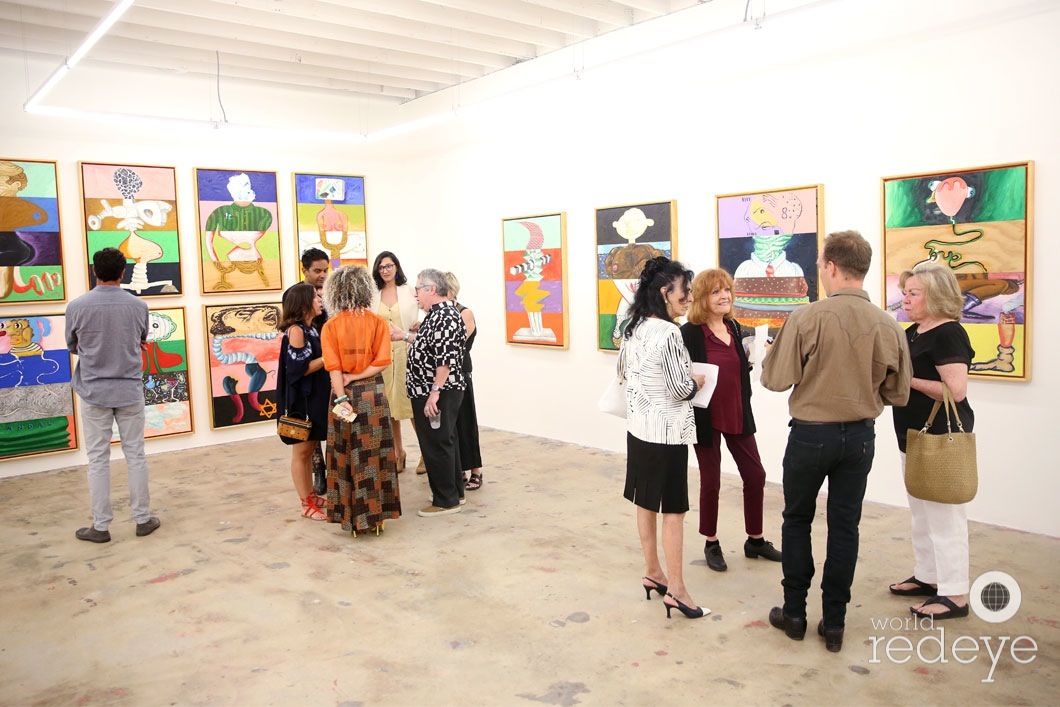
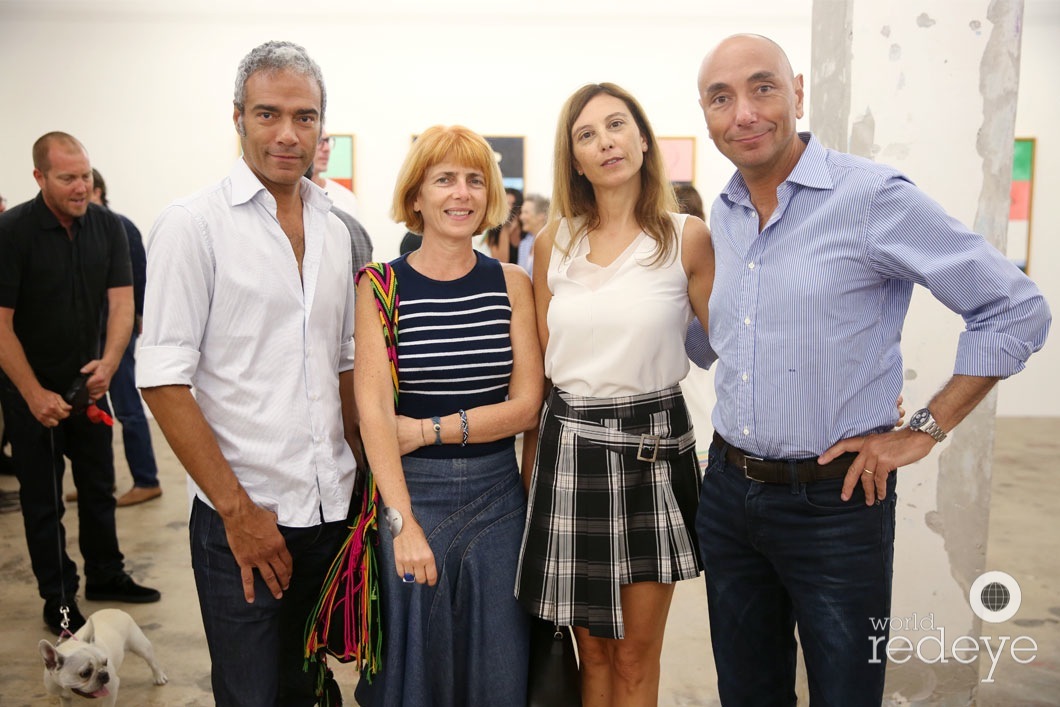
Ramon Garcia, Silvia Barisione, Manuela Gabbi, & Mario Raimondo
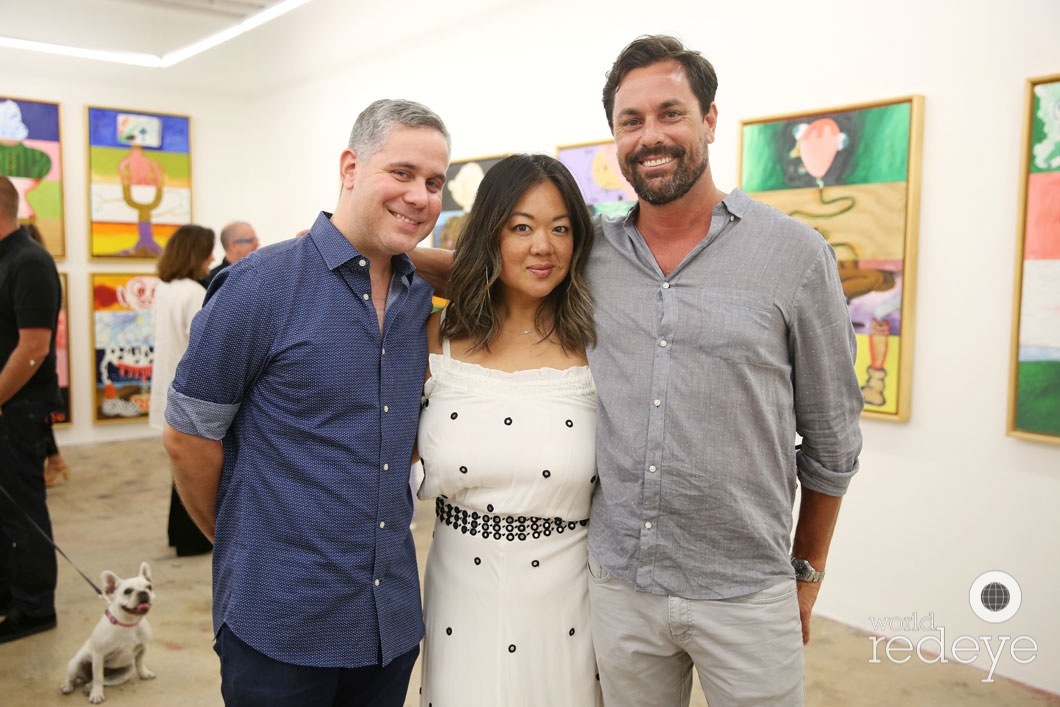
Luis Rigua, Annhy Shim-Morel, & Michael Morel
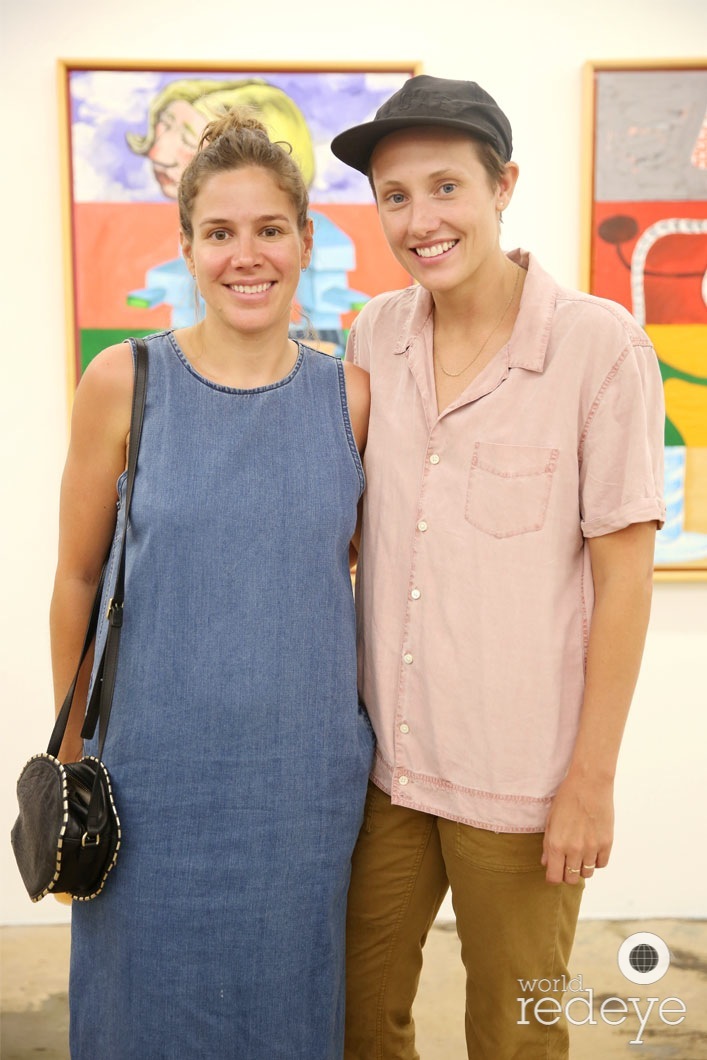
Kara & Cherry Pickman
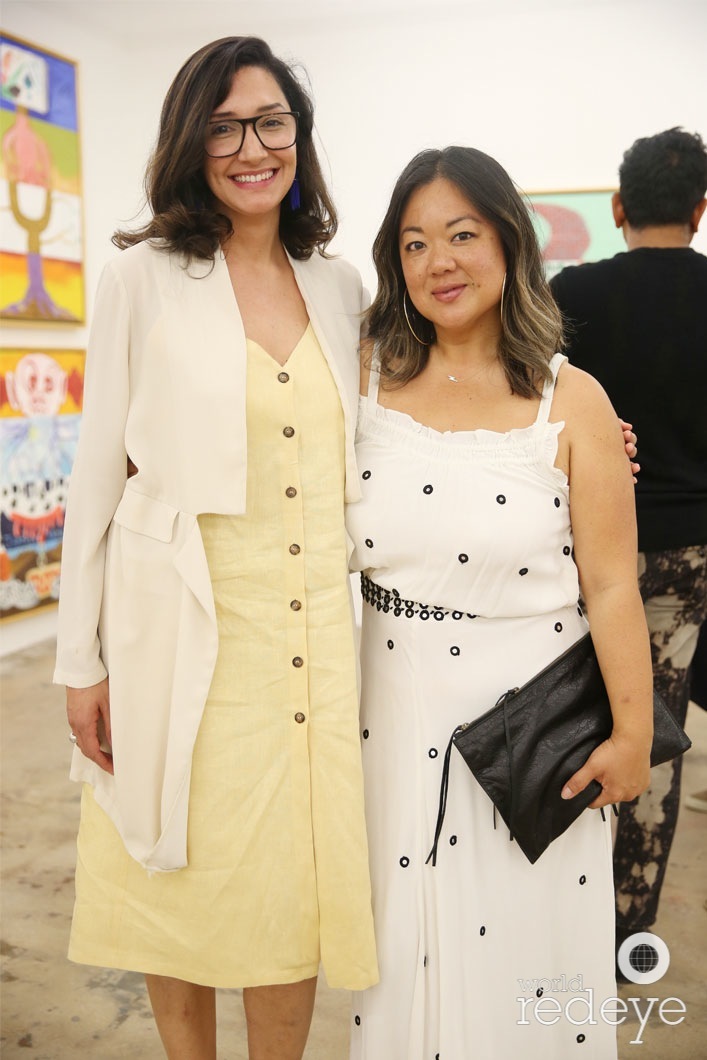
Karina Ors Frehling & Annhy Shim-Morel
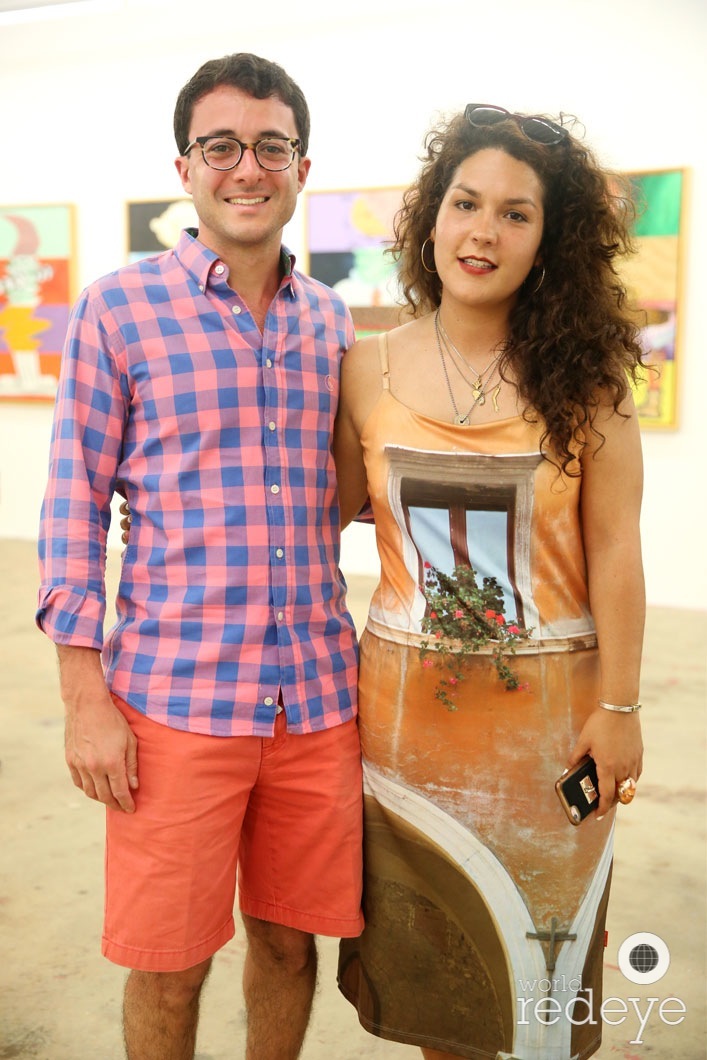
Nick Tagher & Mariana Smith
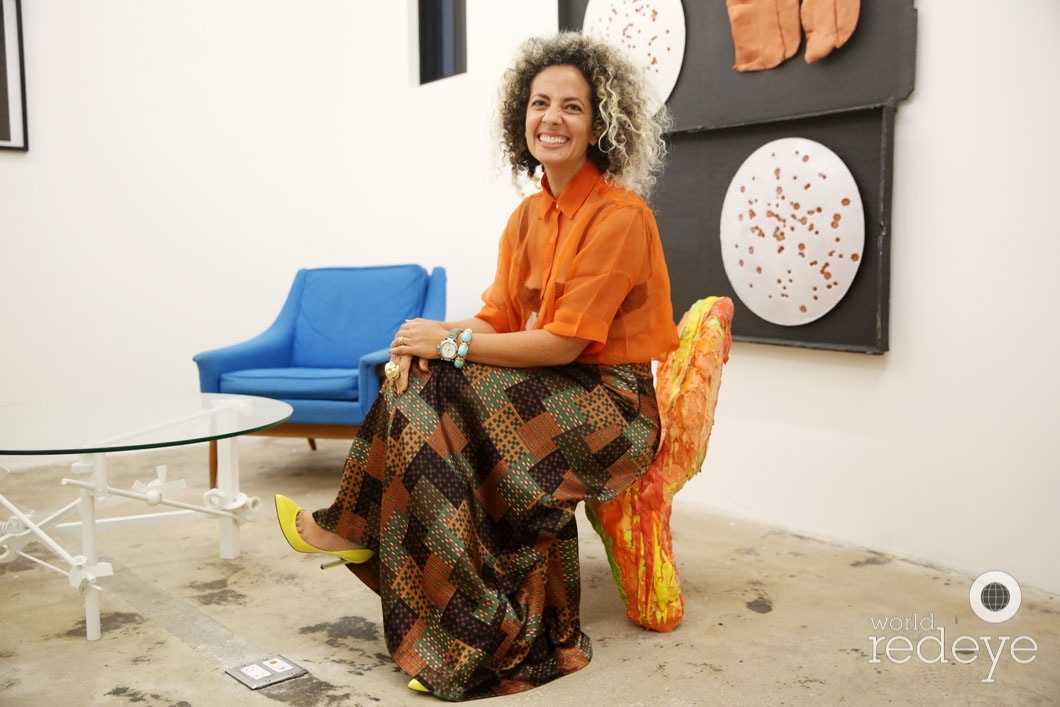
Nina Johnson
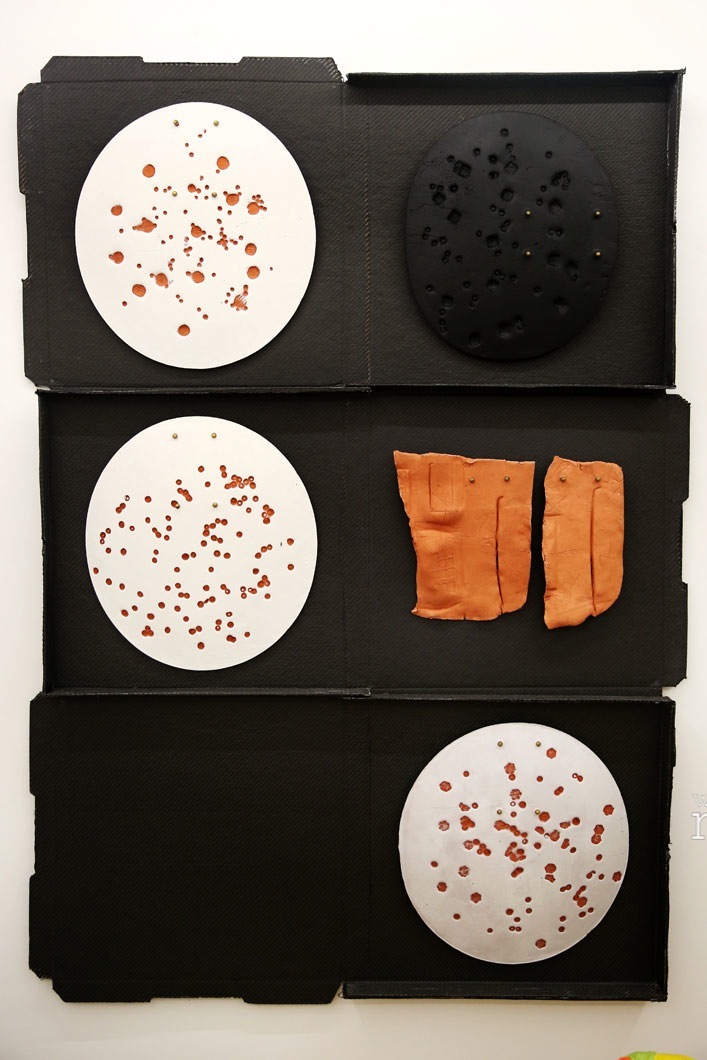
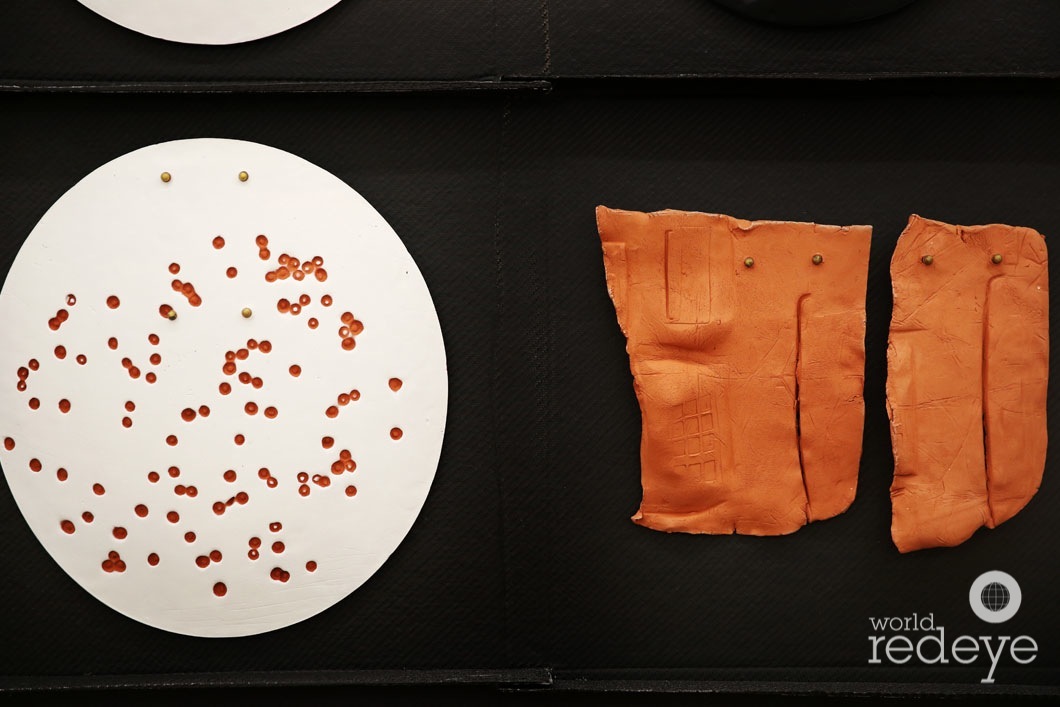
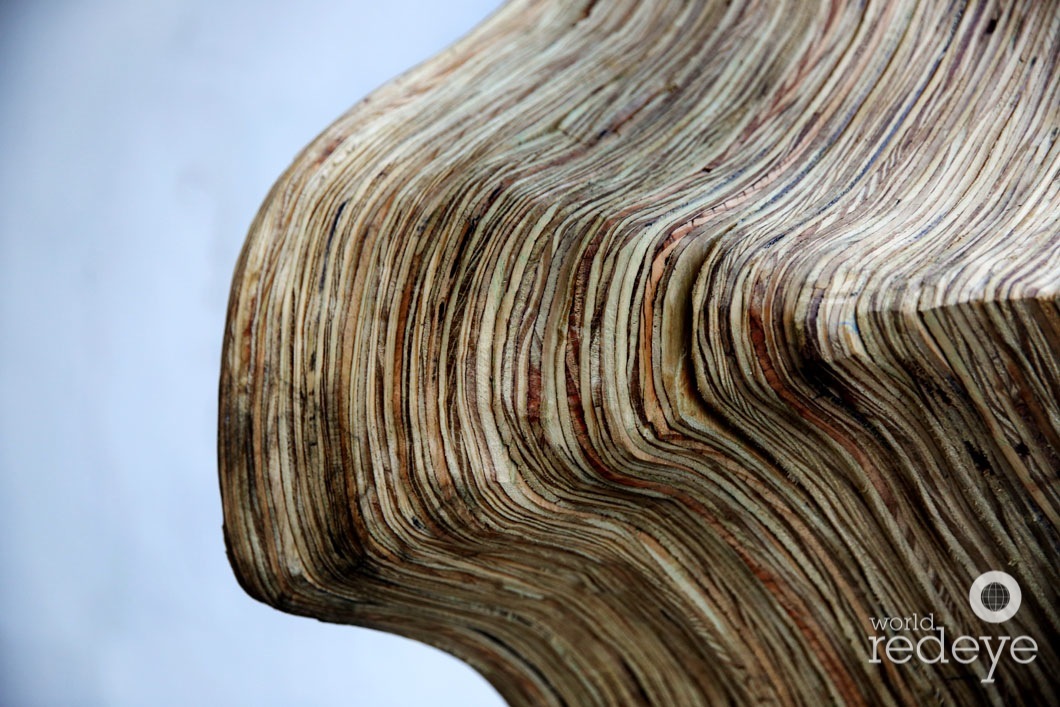
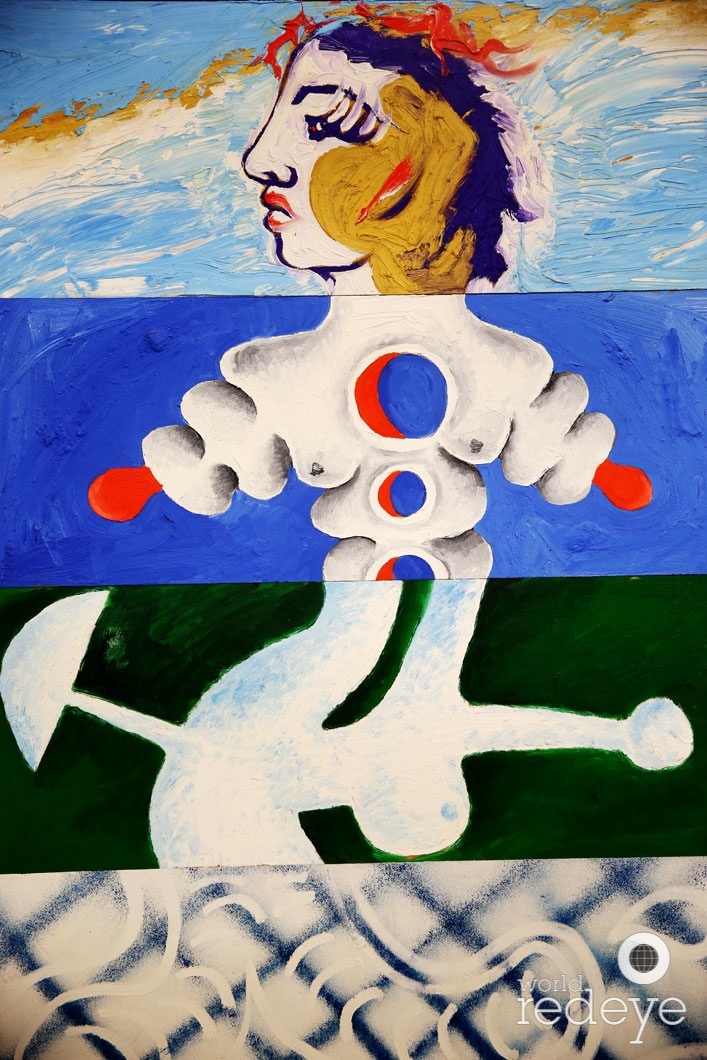
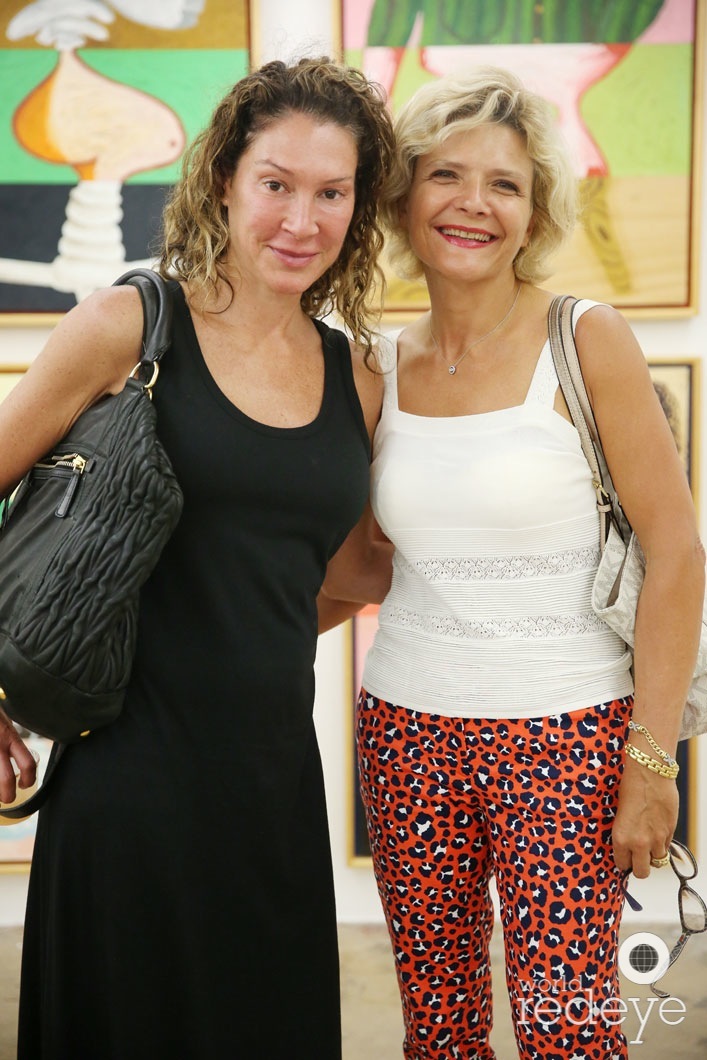
April Magen & Valerie L’Huillier
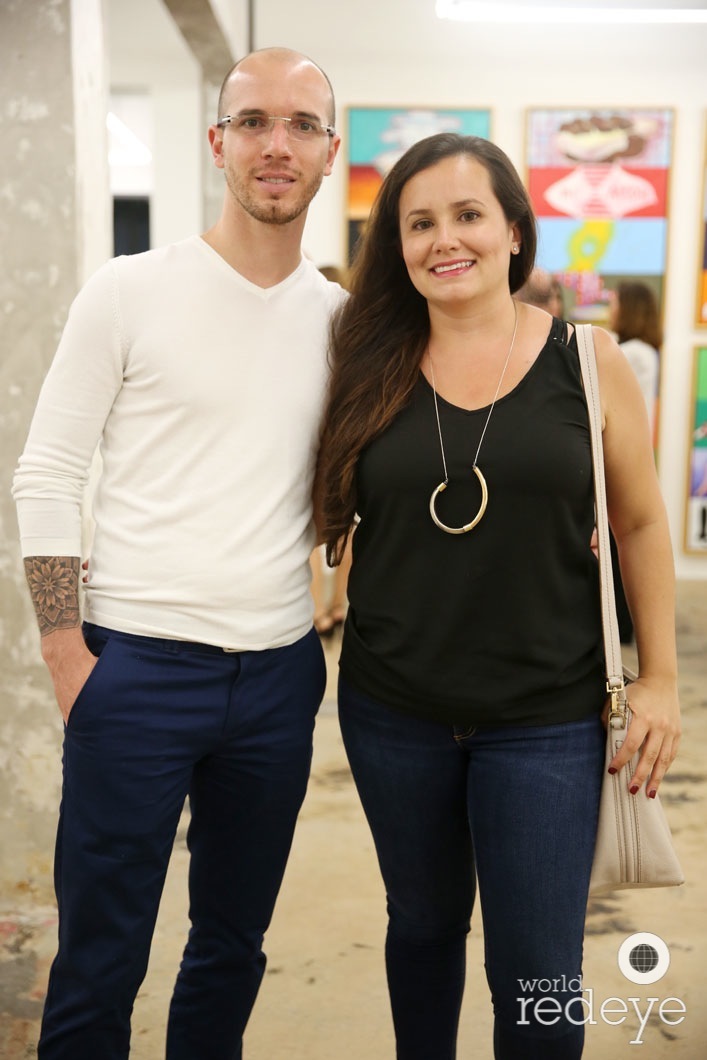
Alberto Azevedo & Jennider Inacio
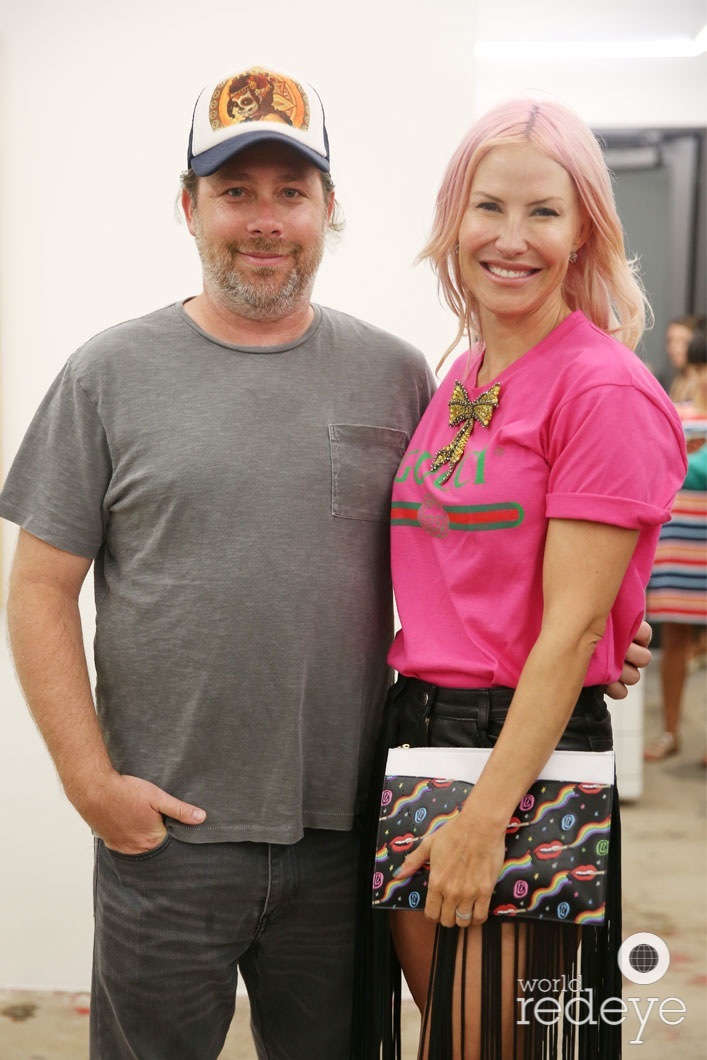
Adam & Alexa Wolman
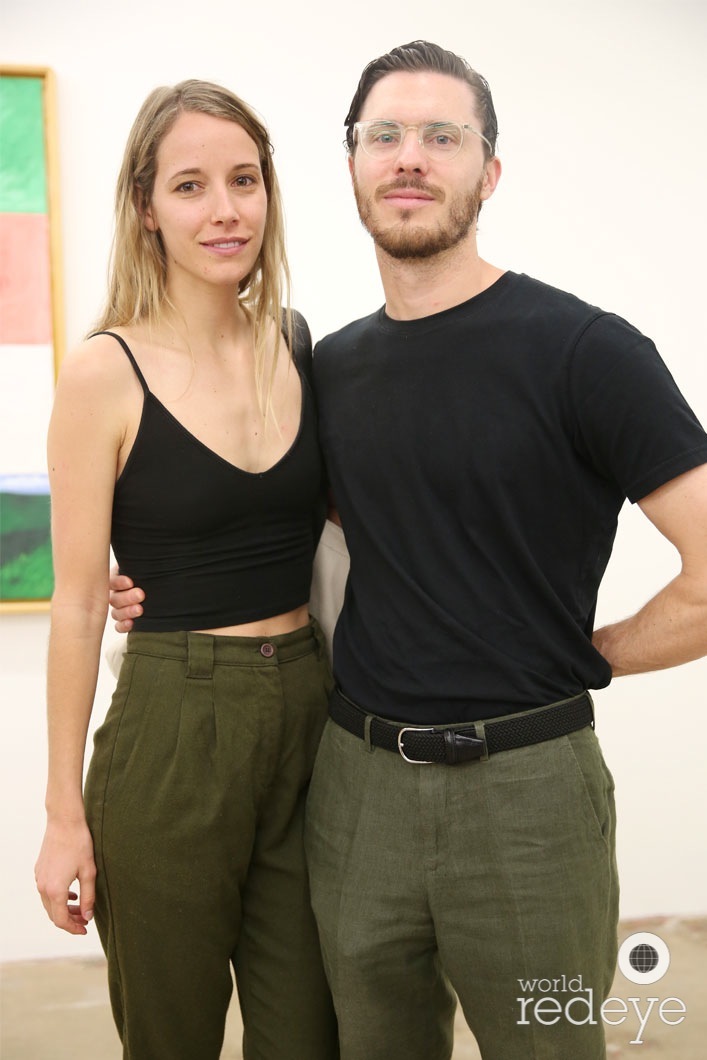
Malone Matson & Raymond Fort
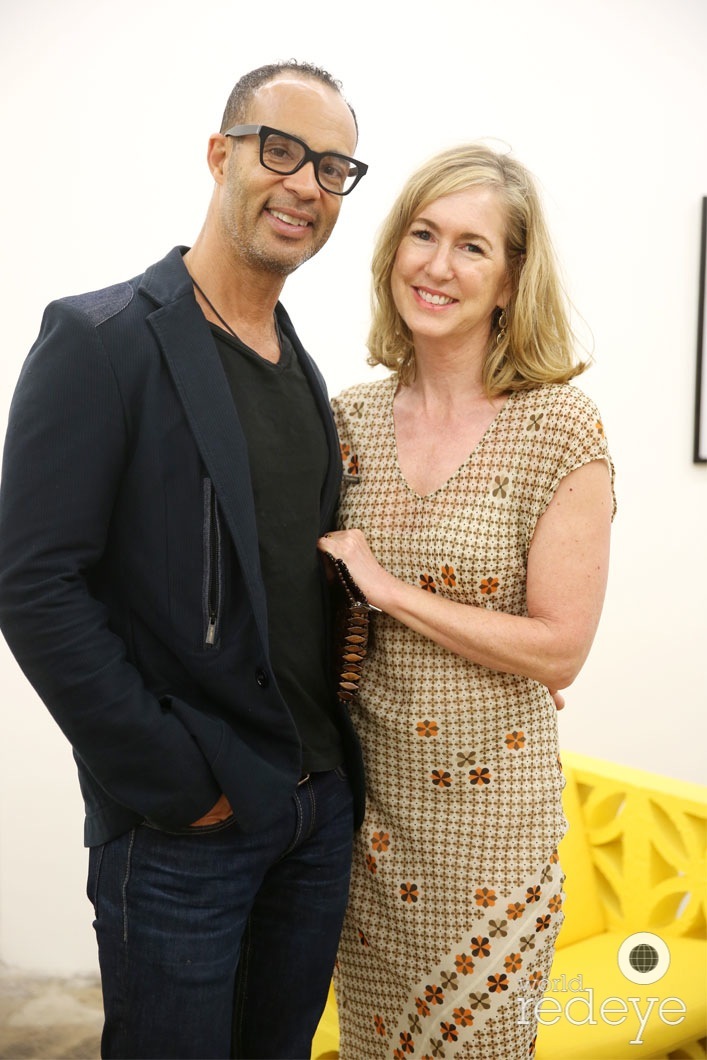
George Ganthier & Jody Israelsky
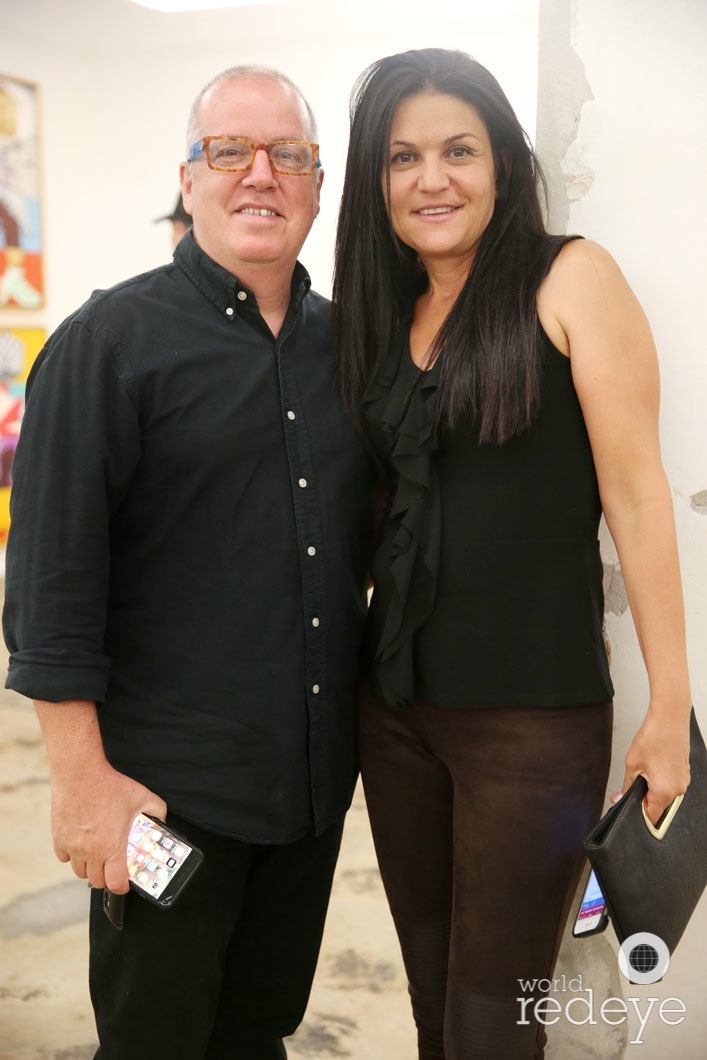
Gene & Ofra Lemay
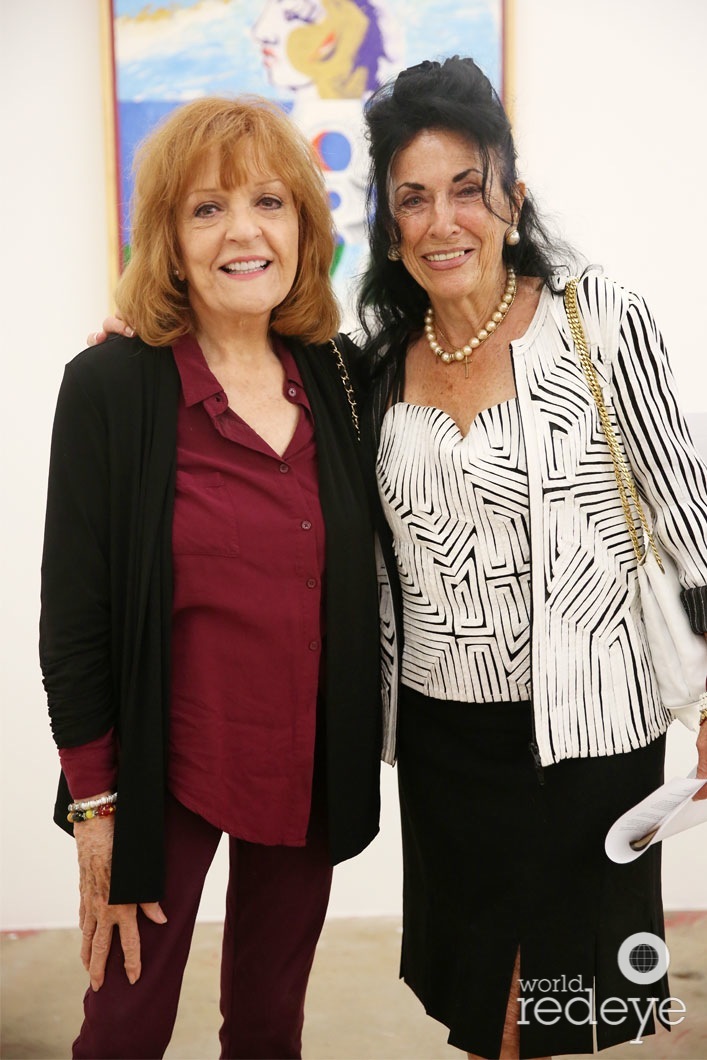
Phoebe Webb & Huguette Goulet
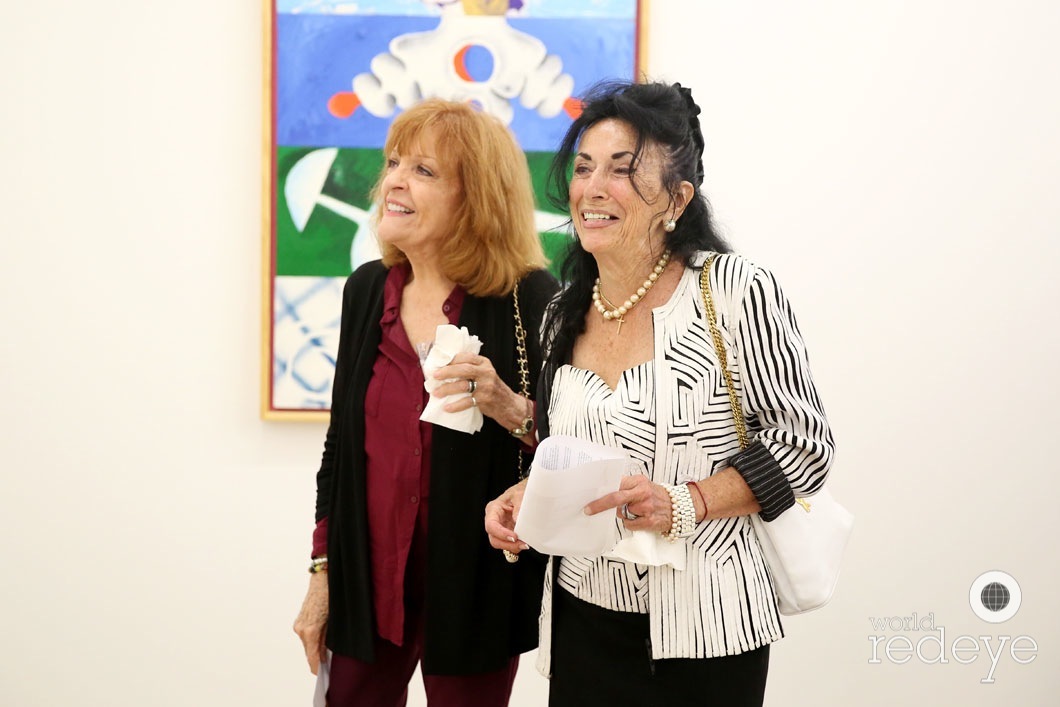
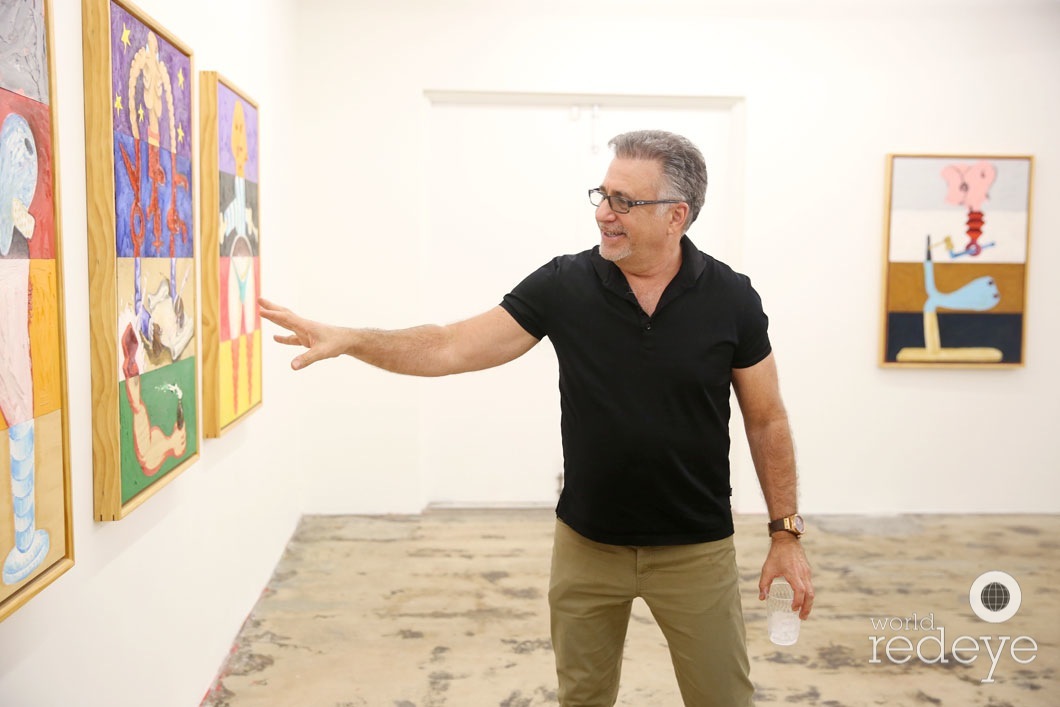
Joesph Berg
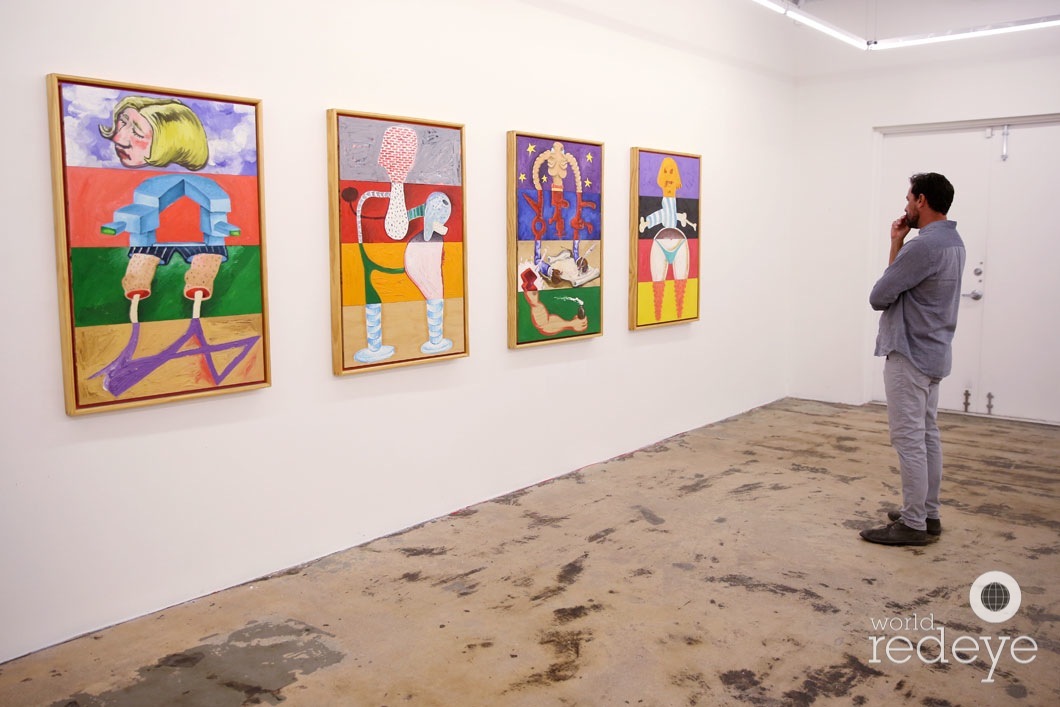
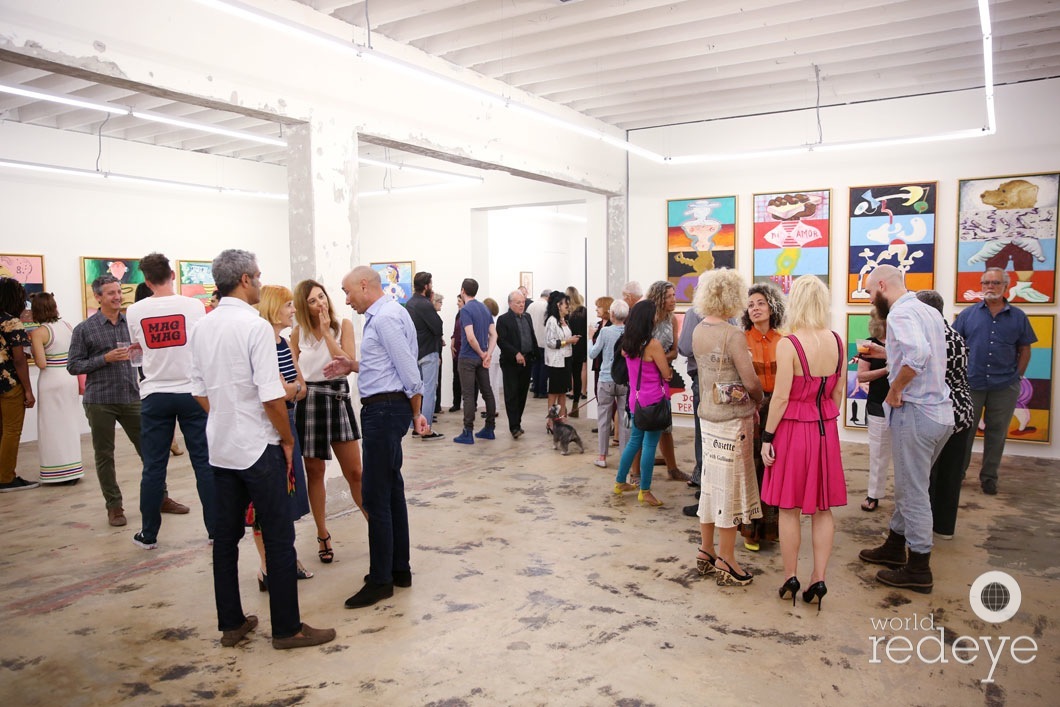
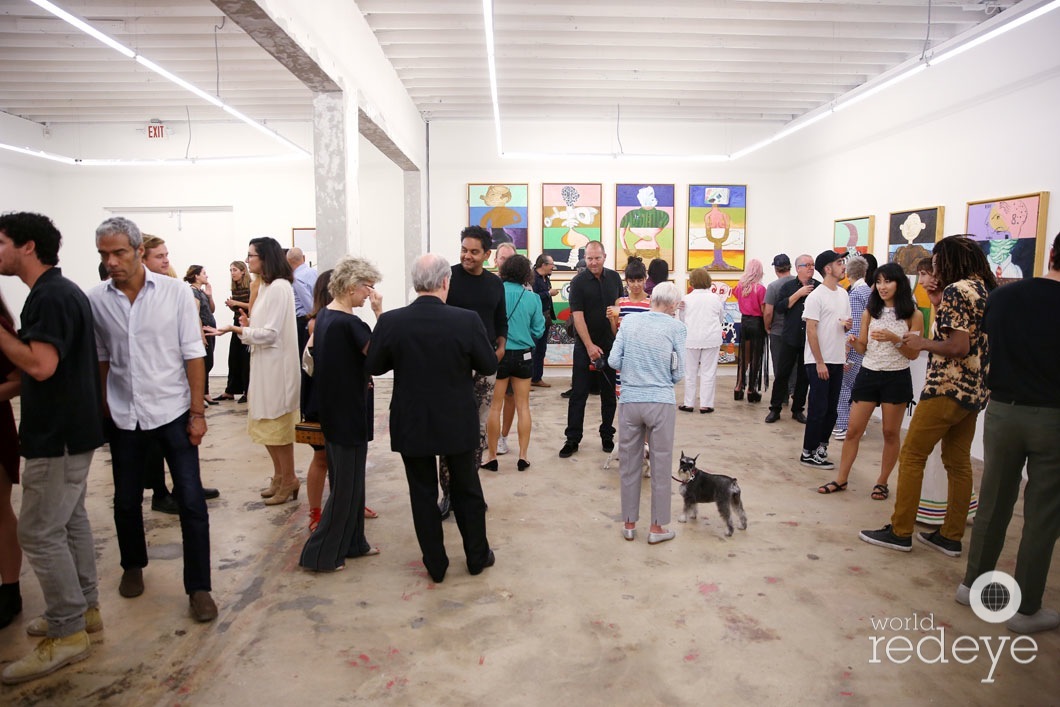
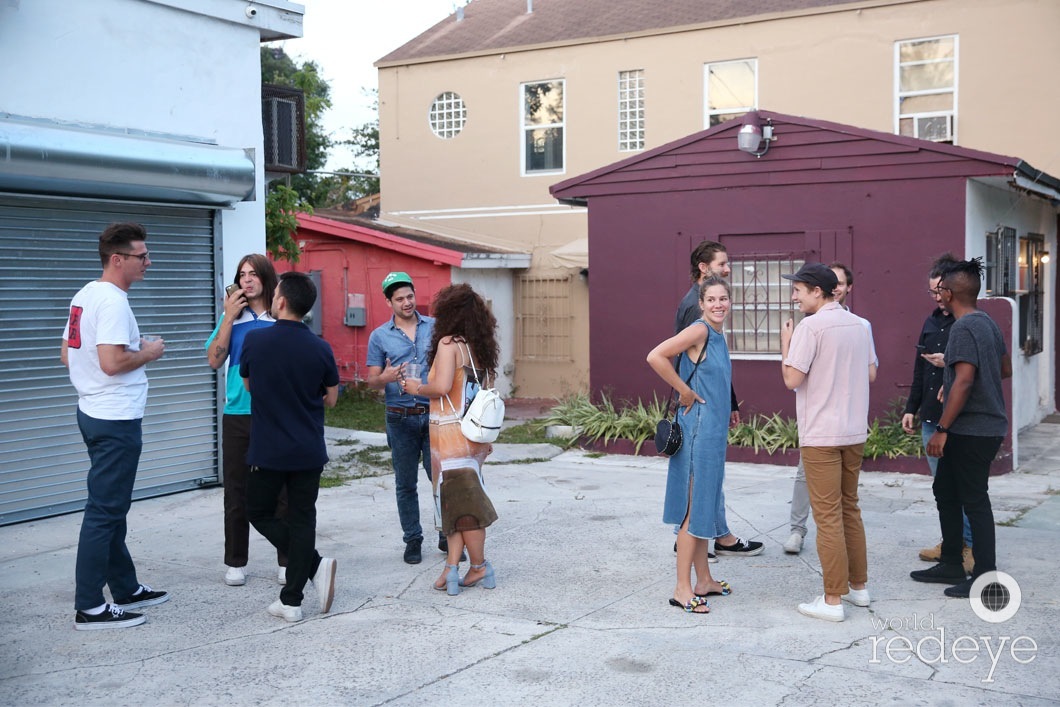
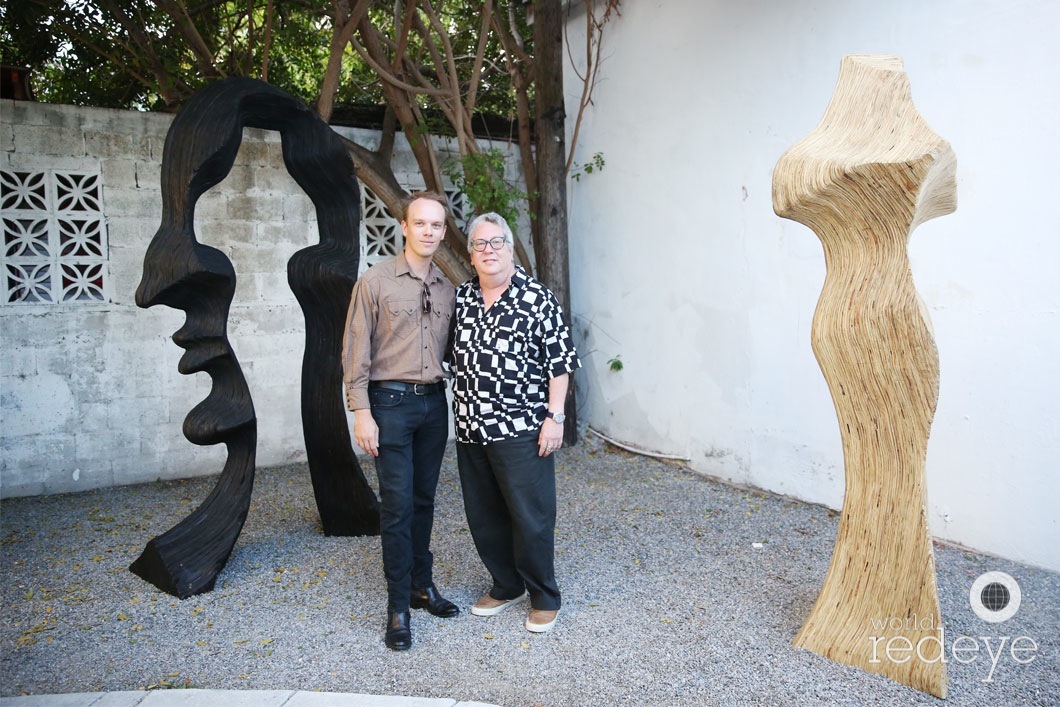
Emmett Moore & Ray Smith
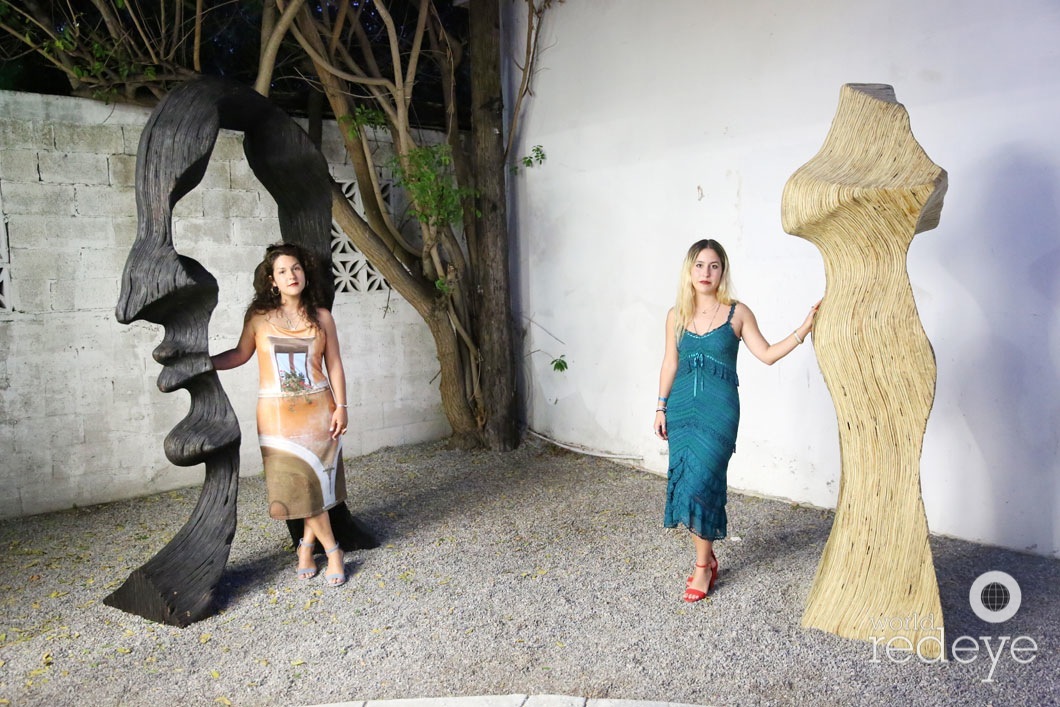
Mariana & Cecilia Smith
